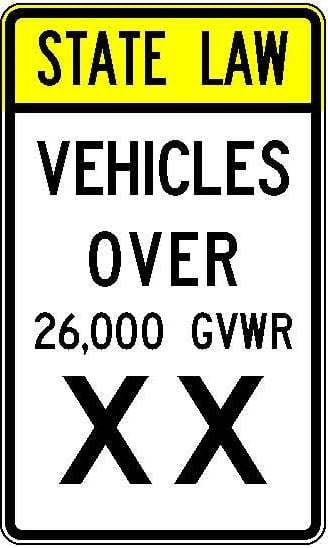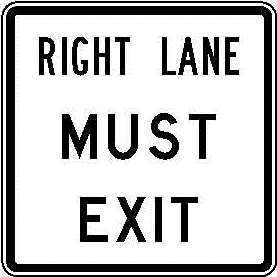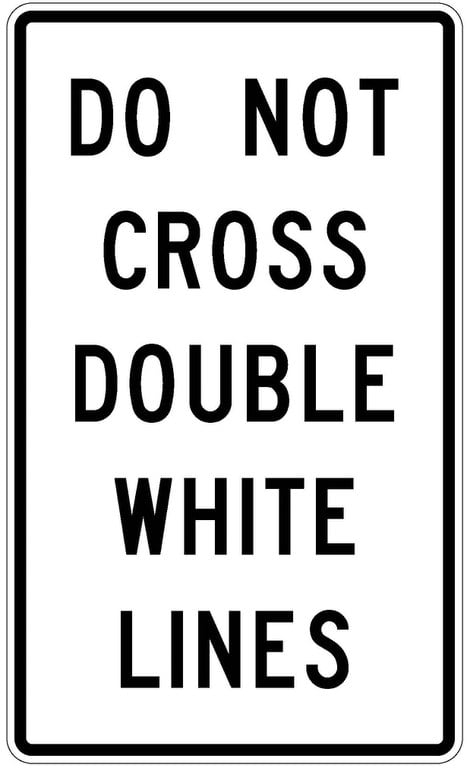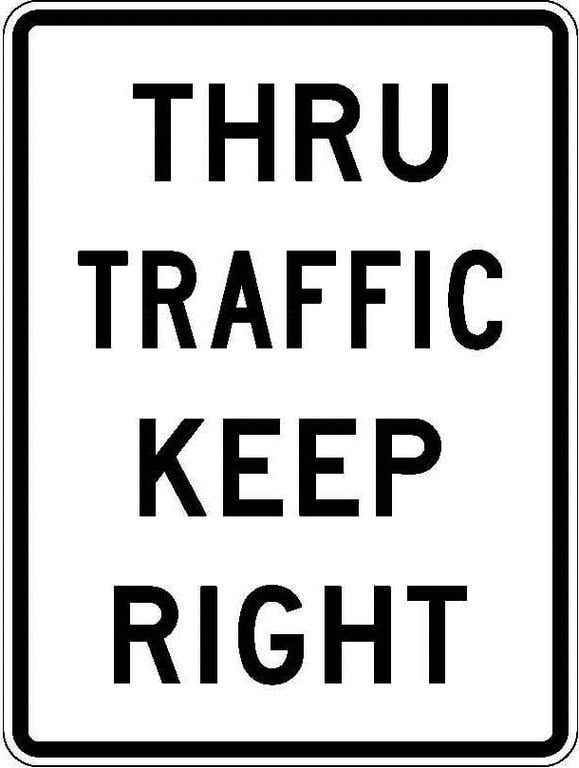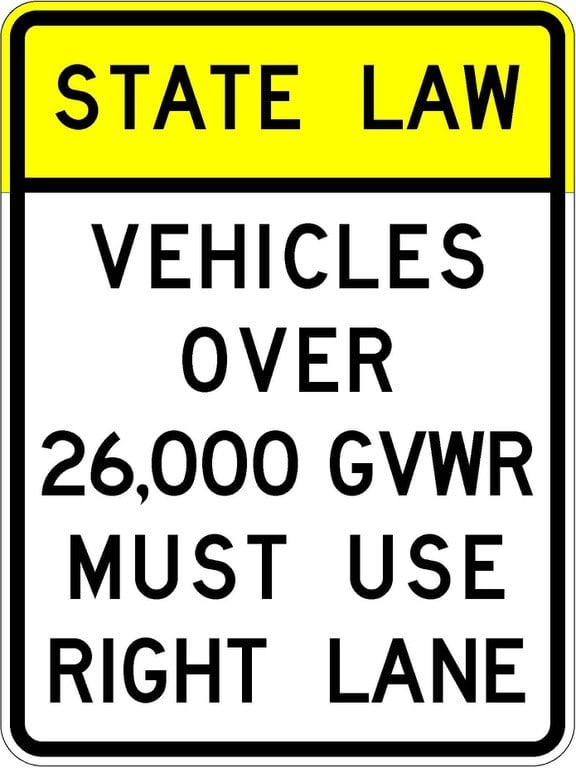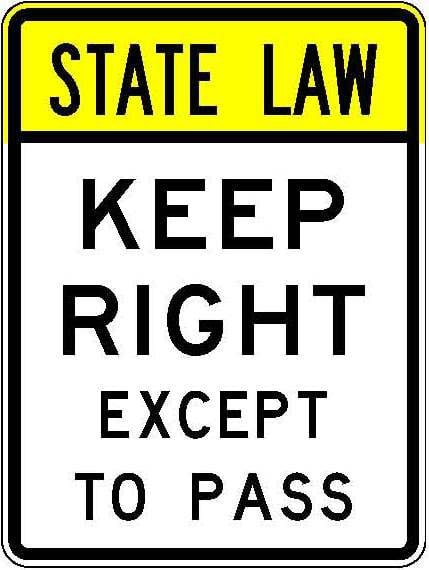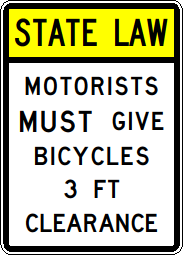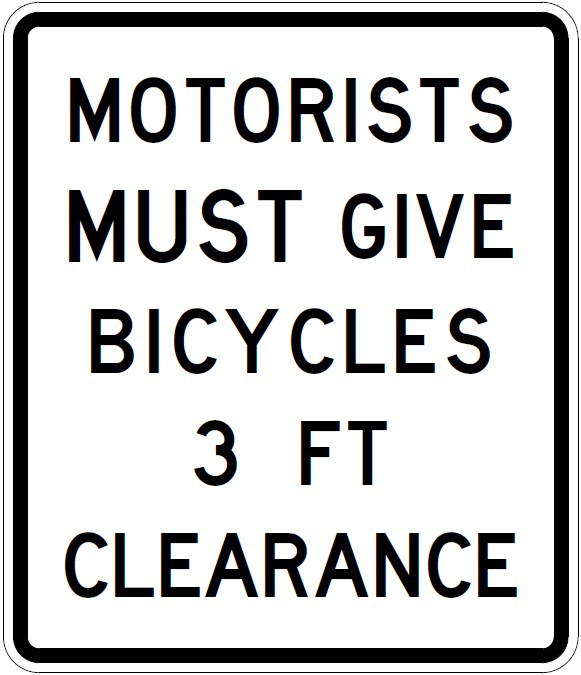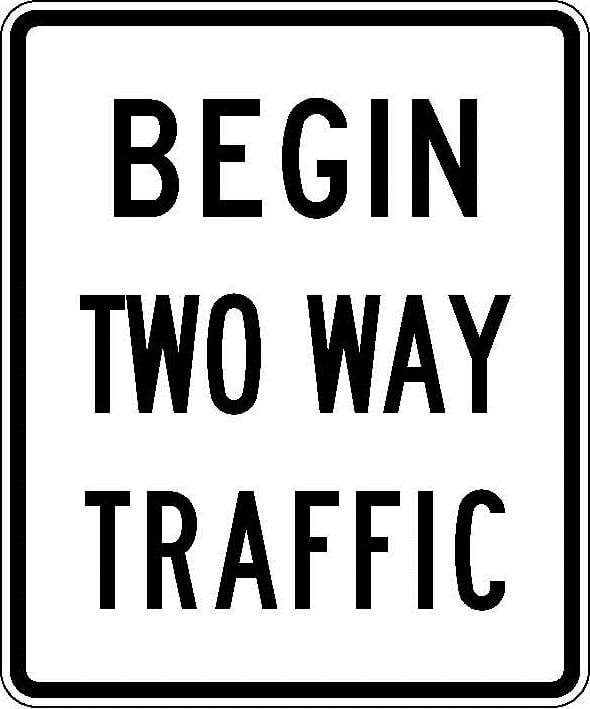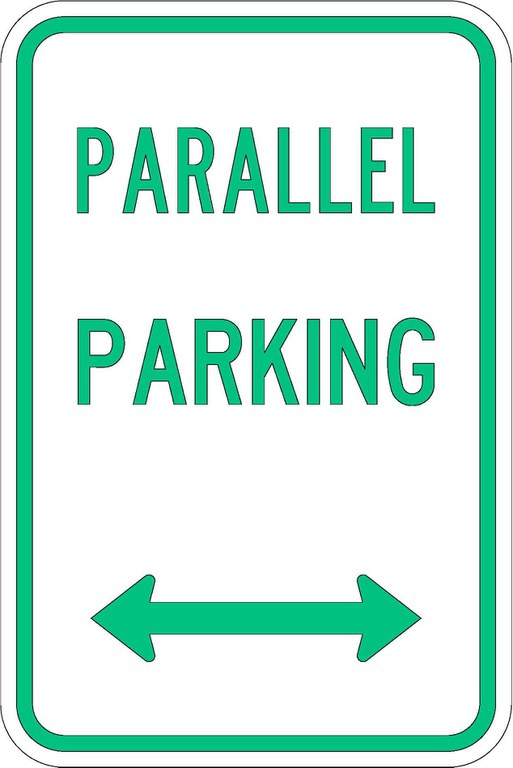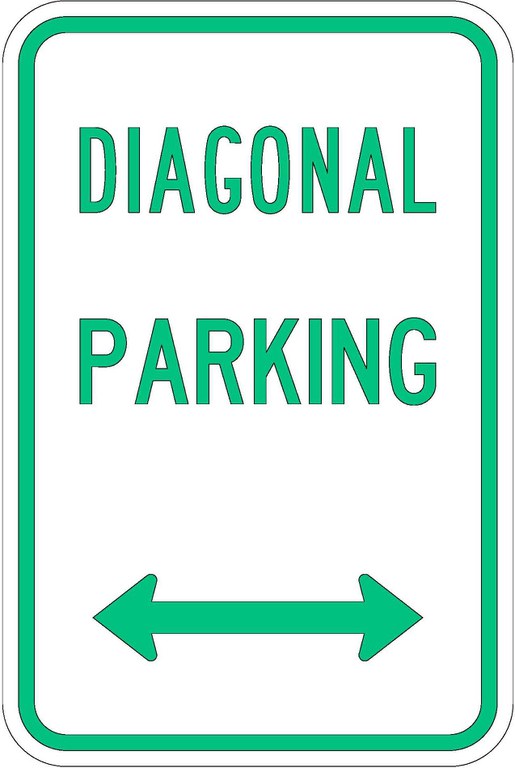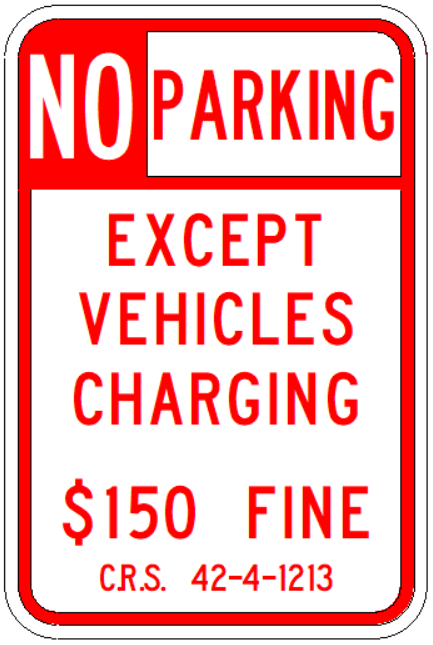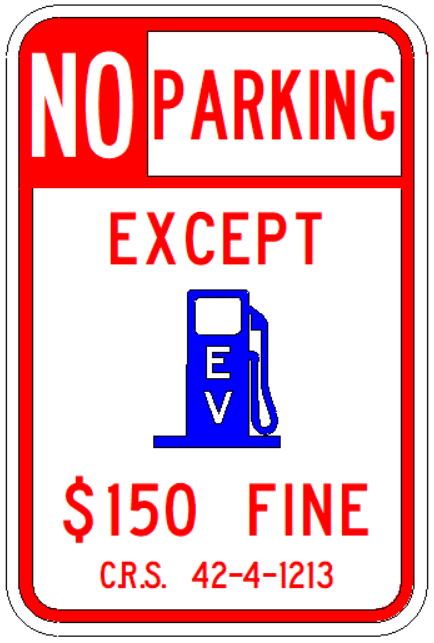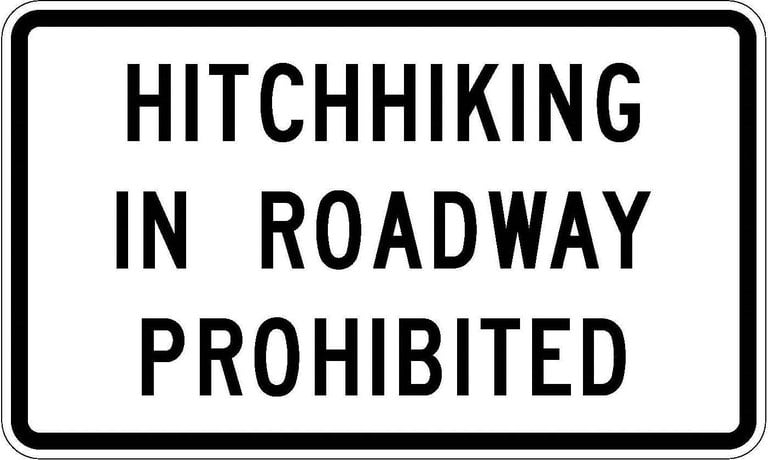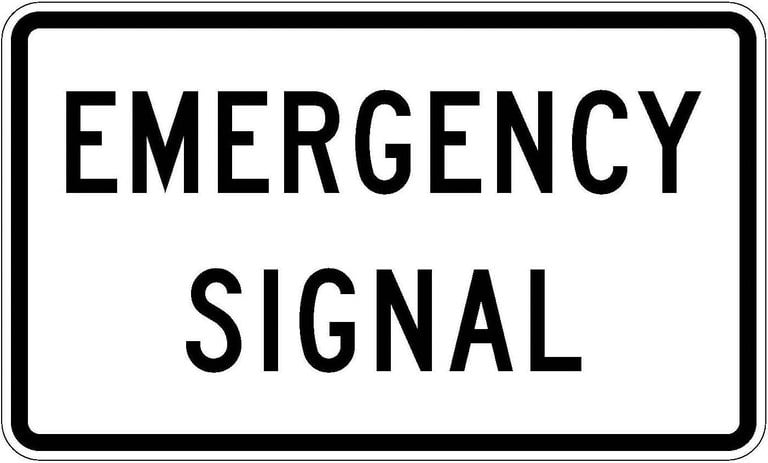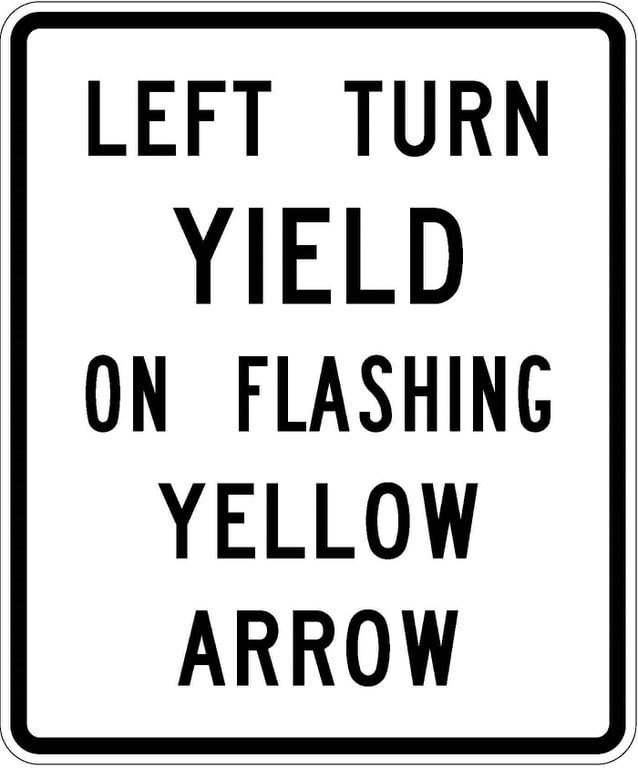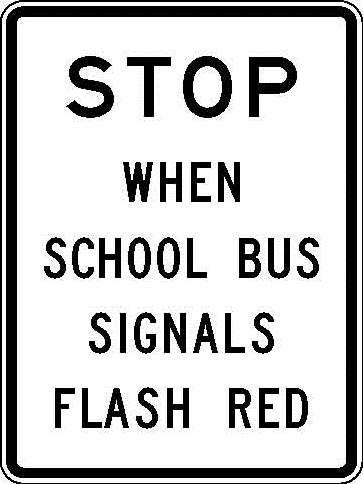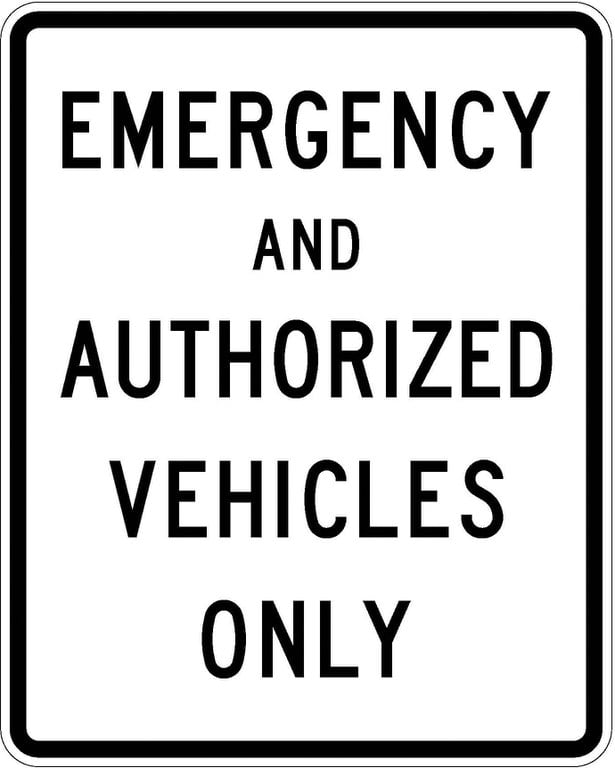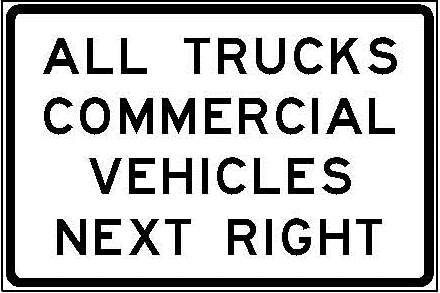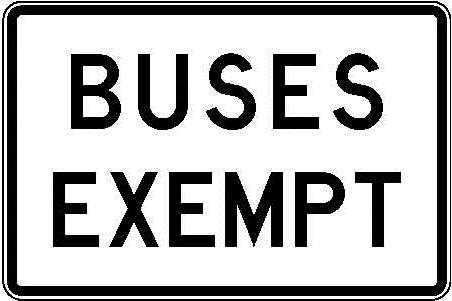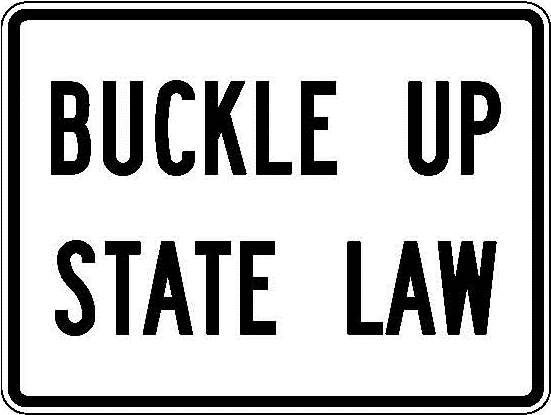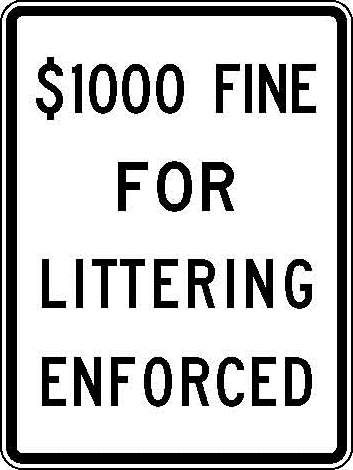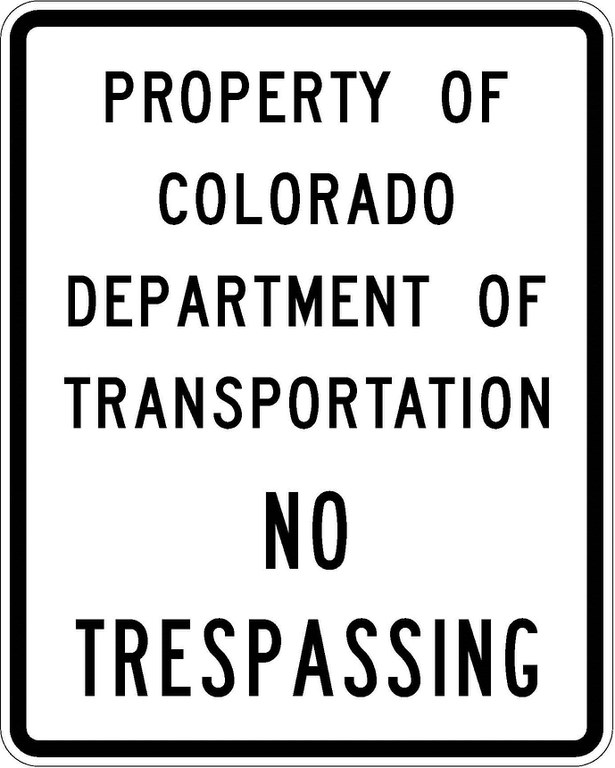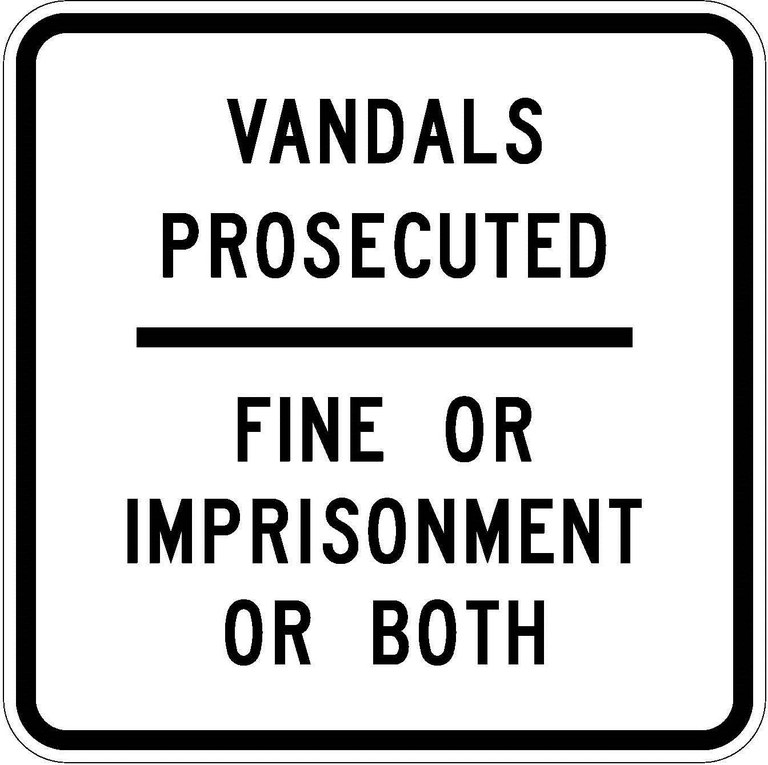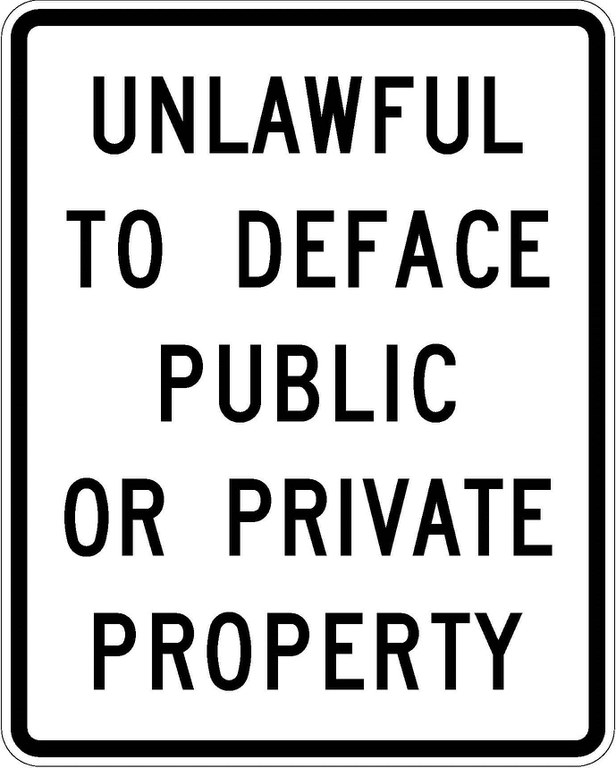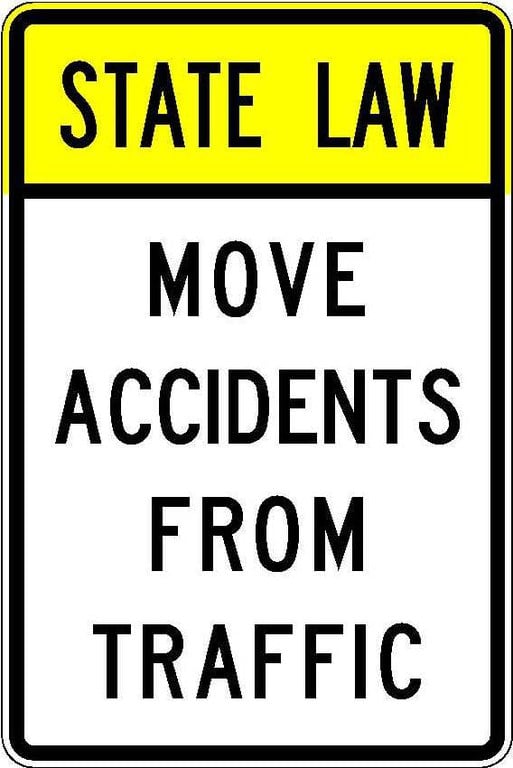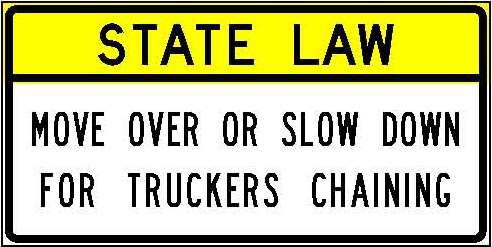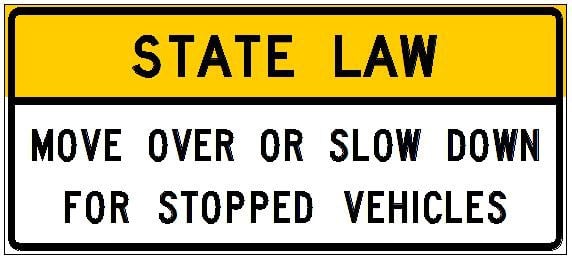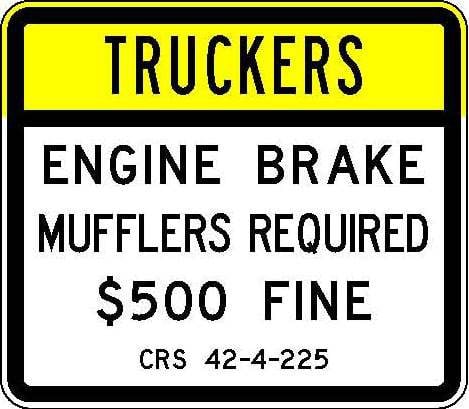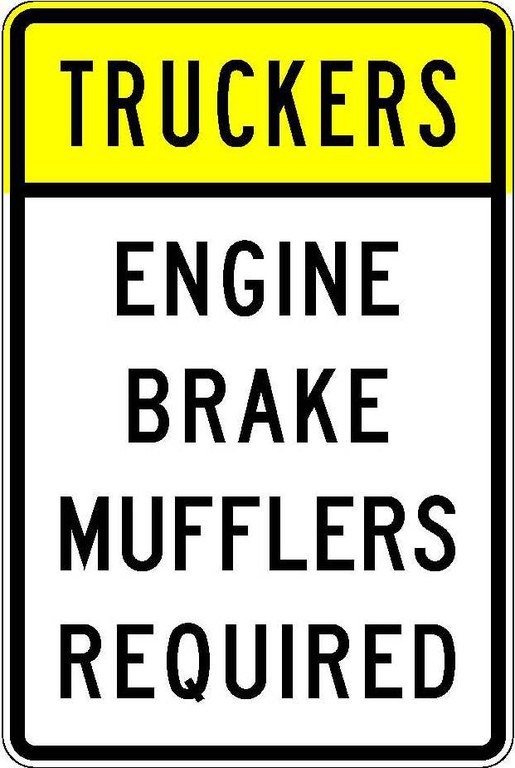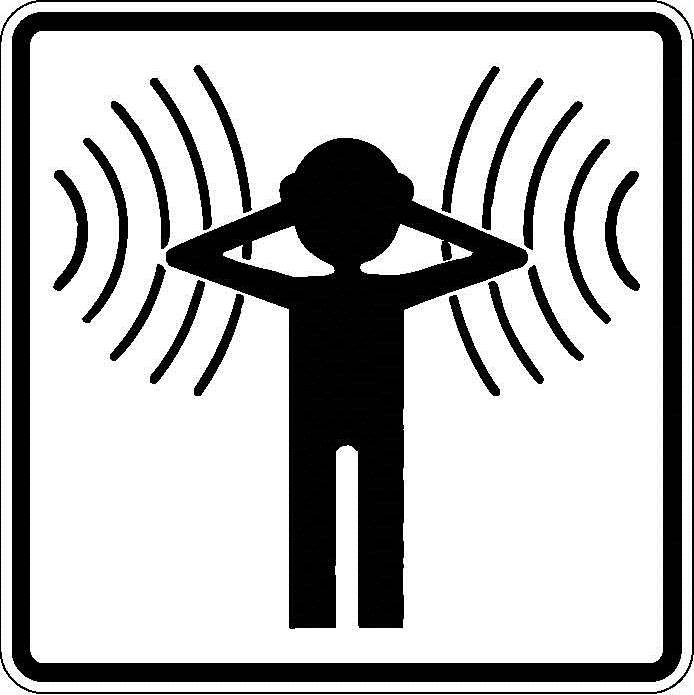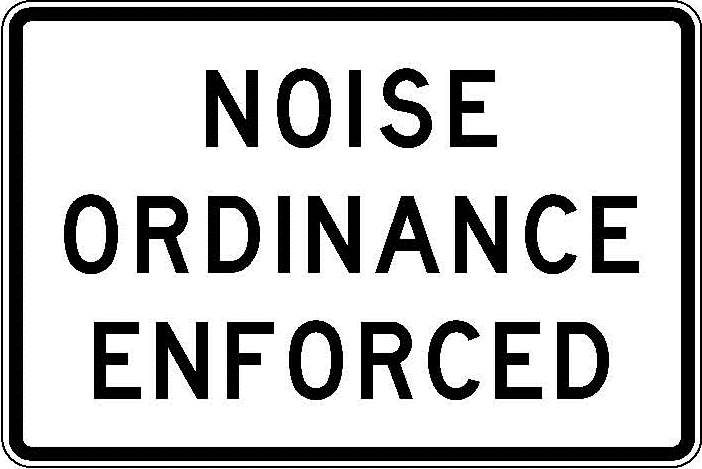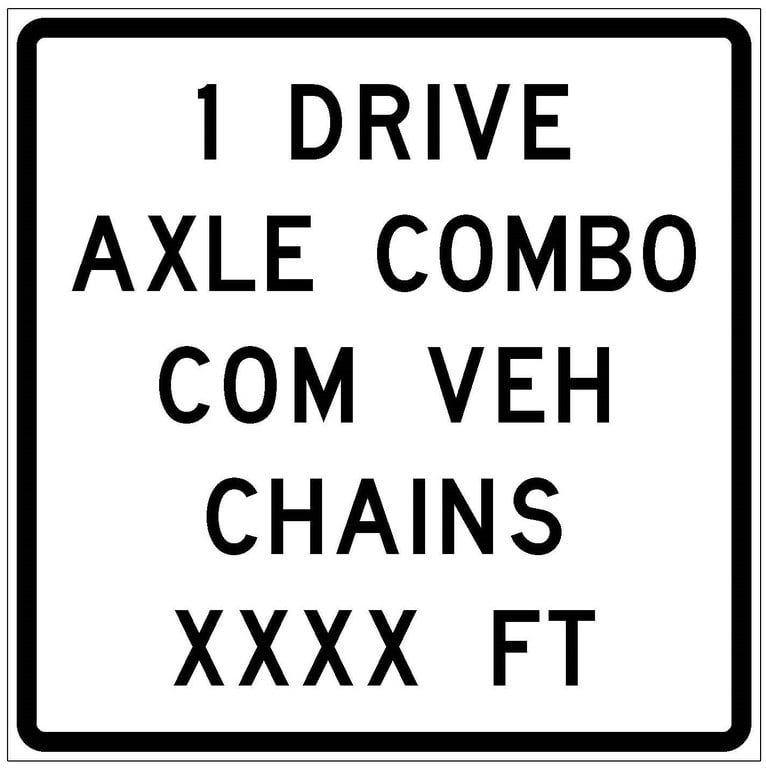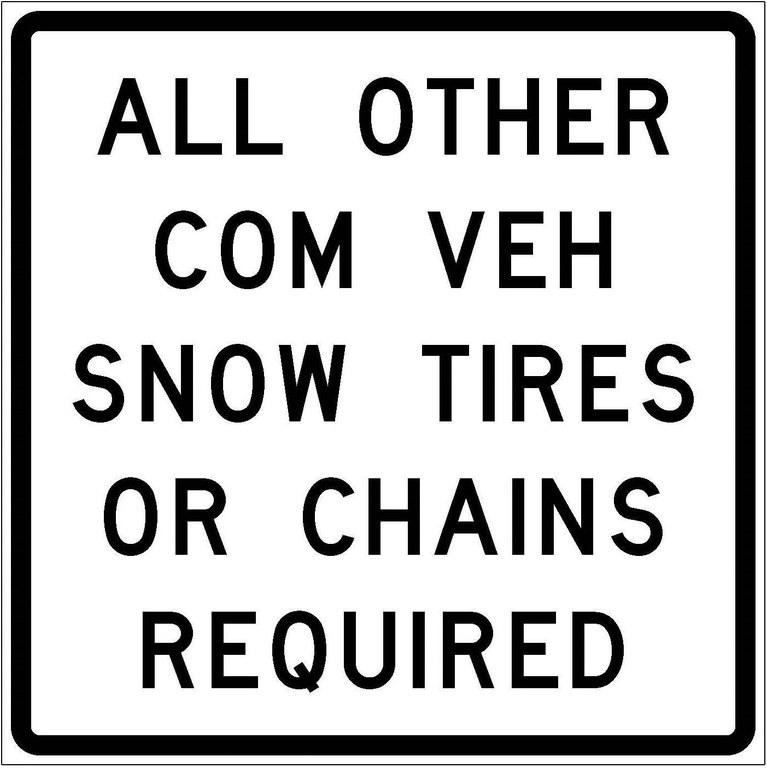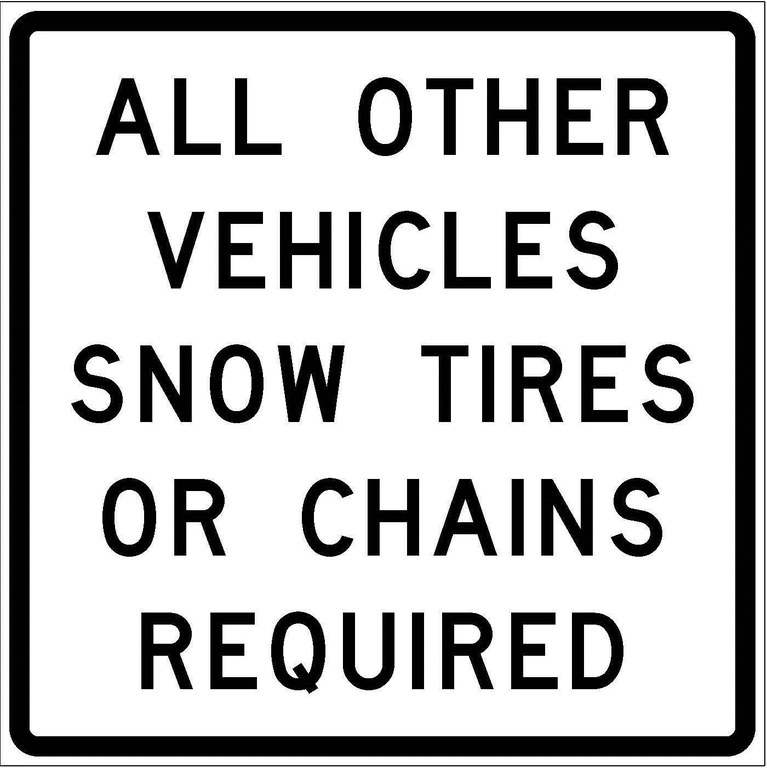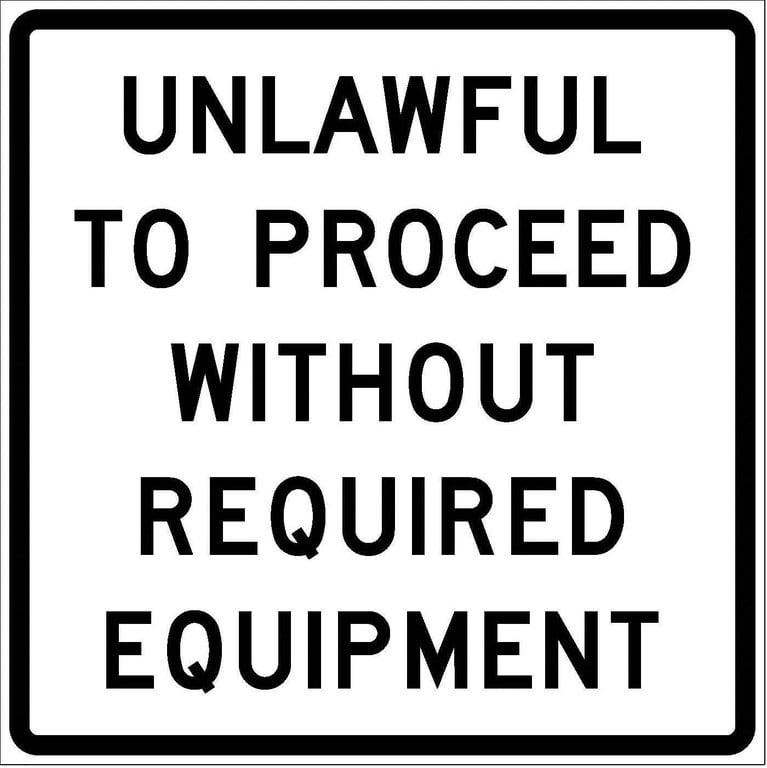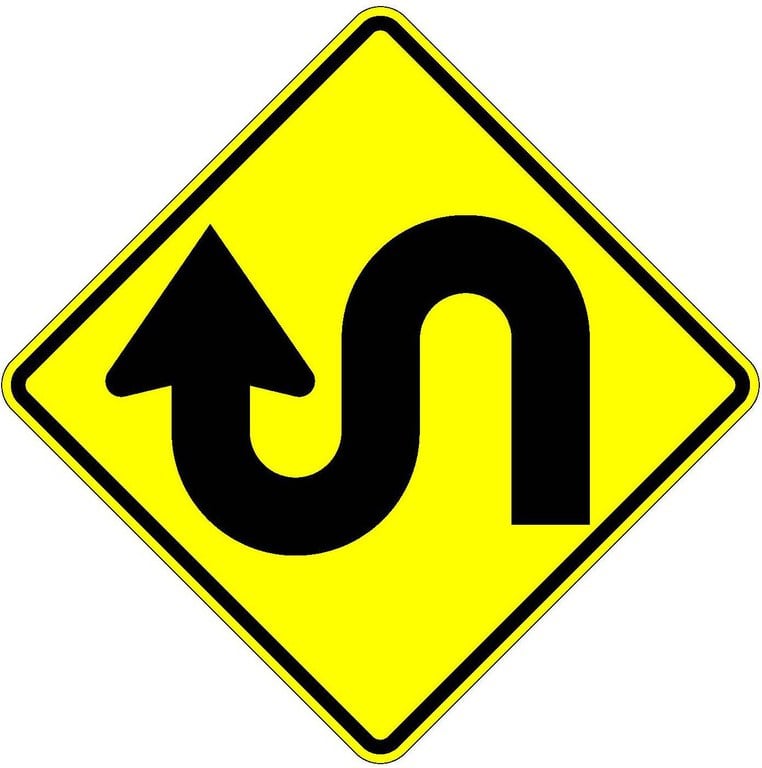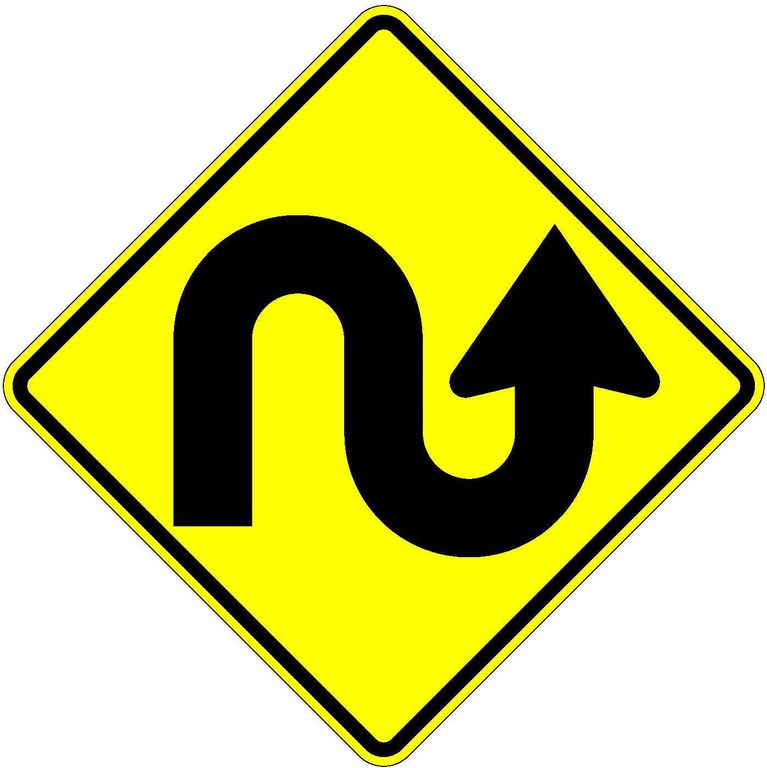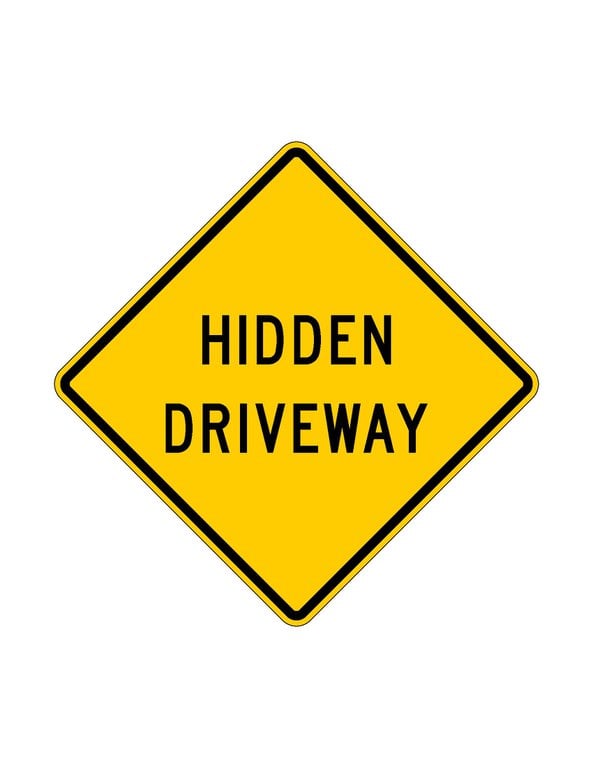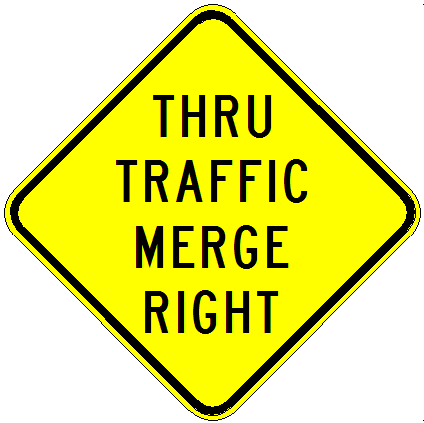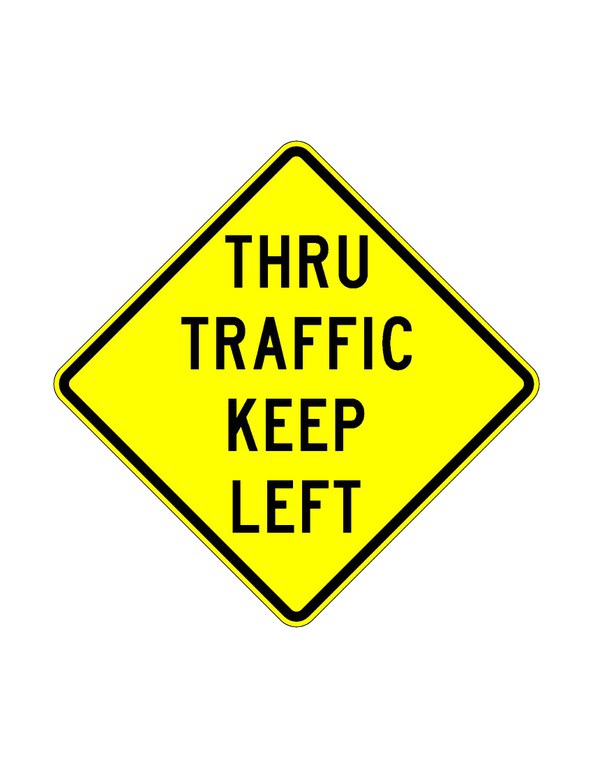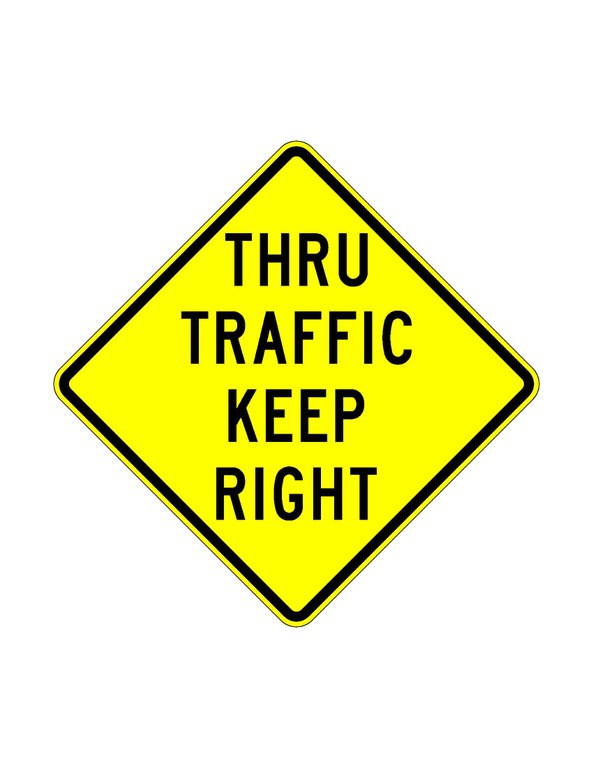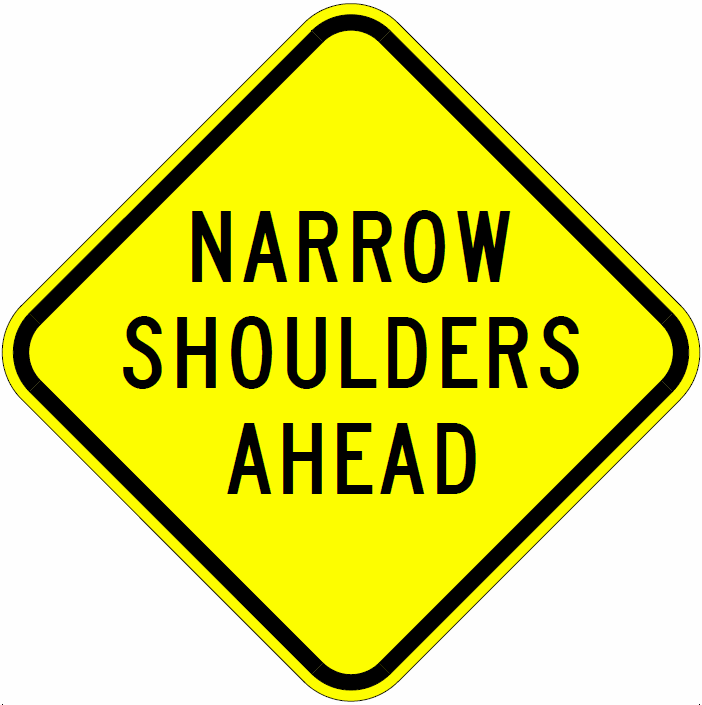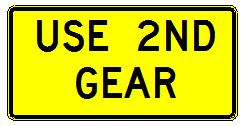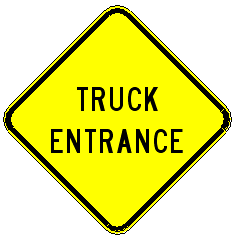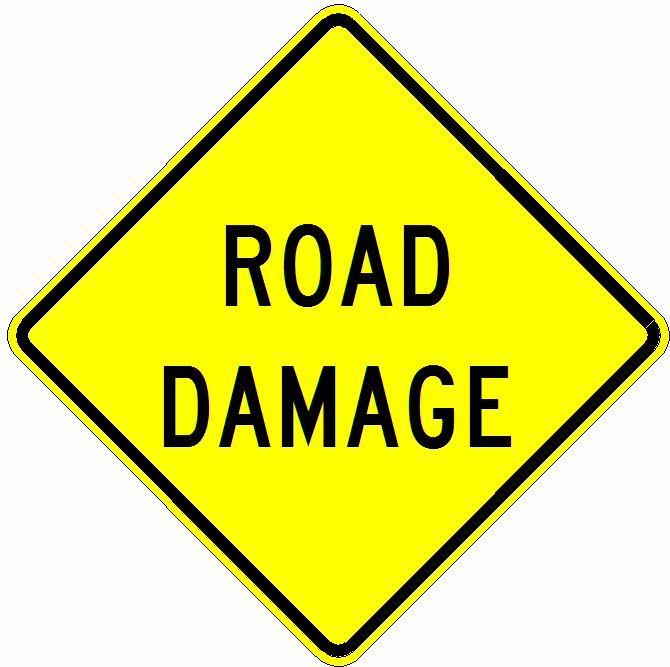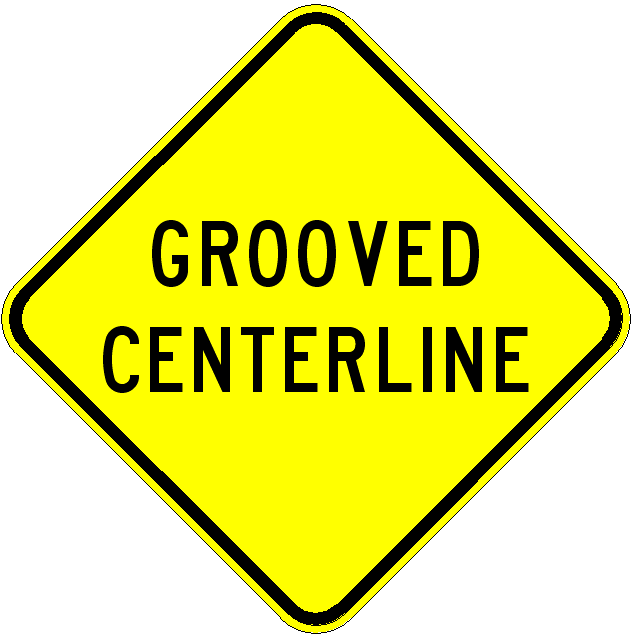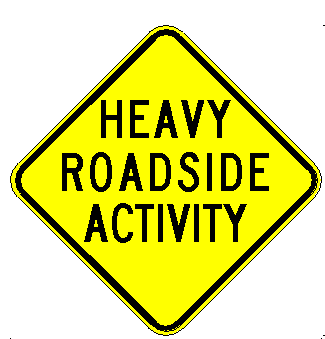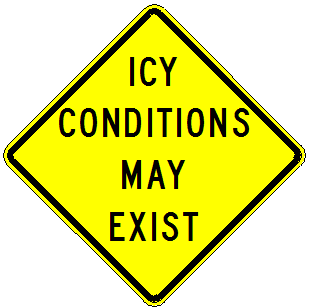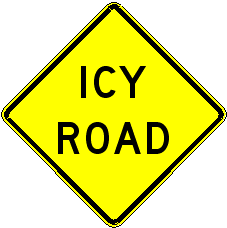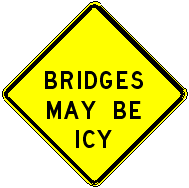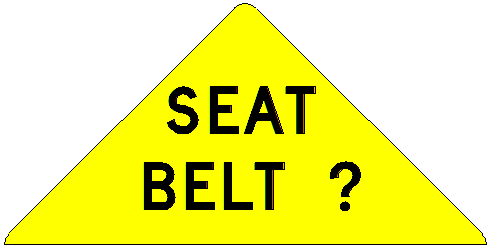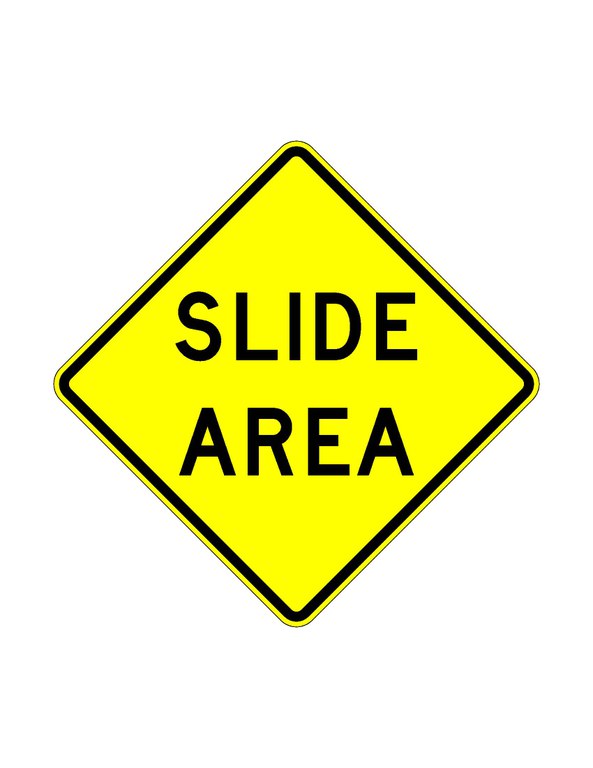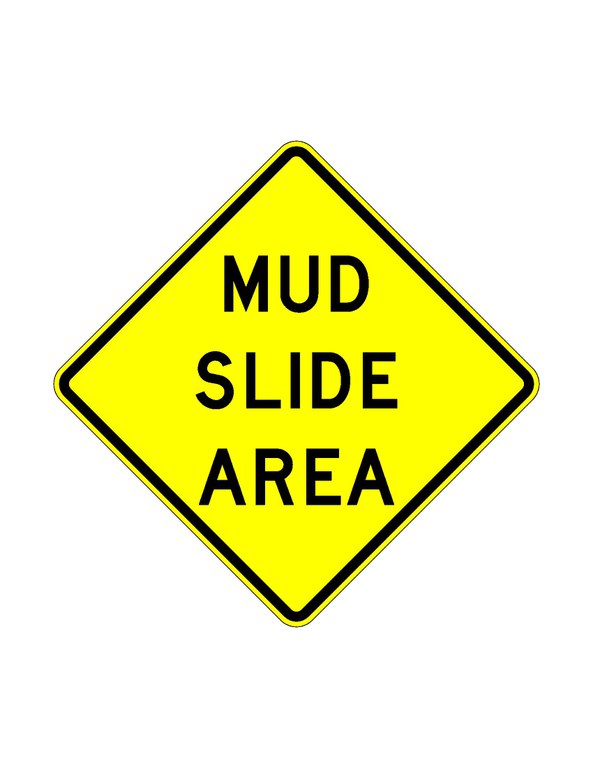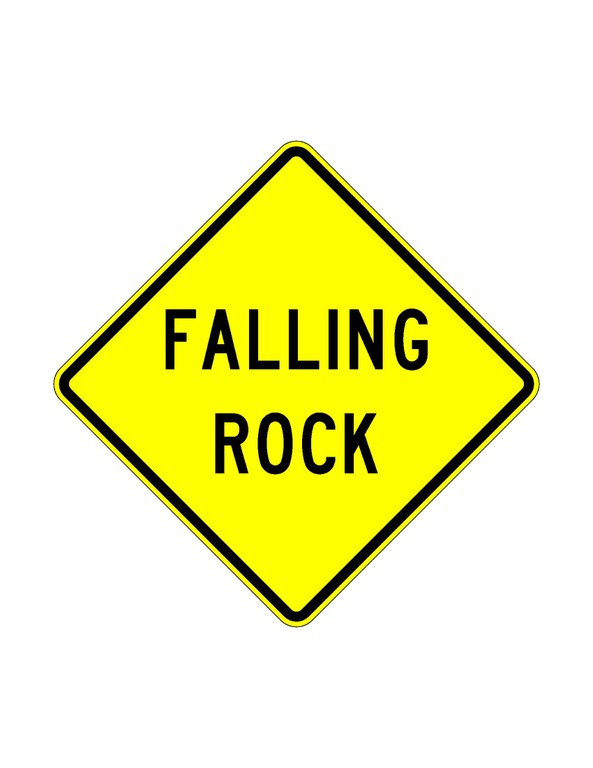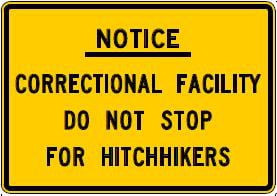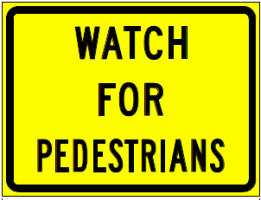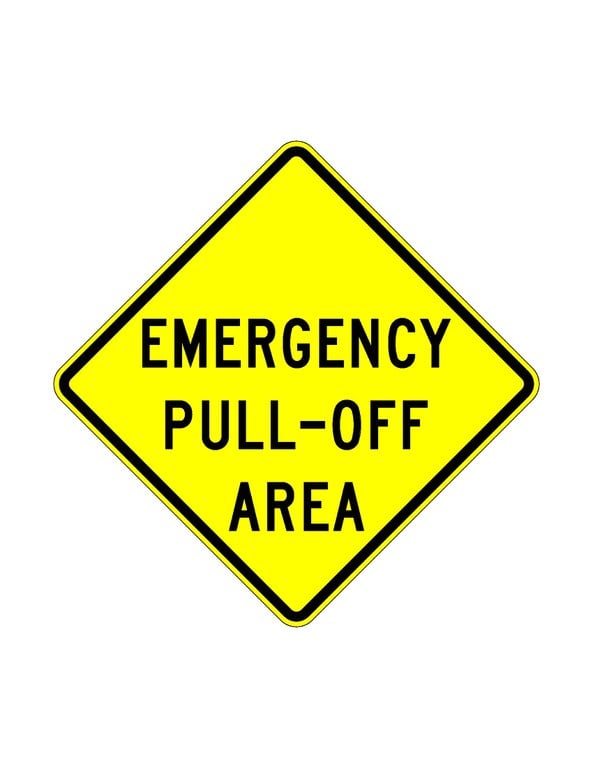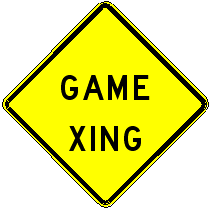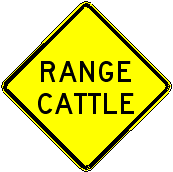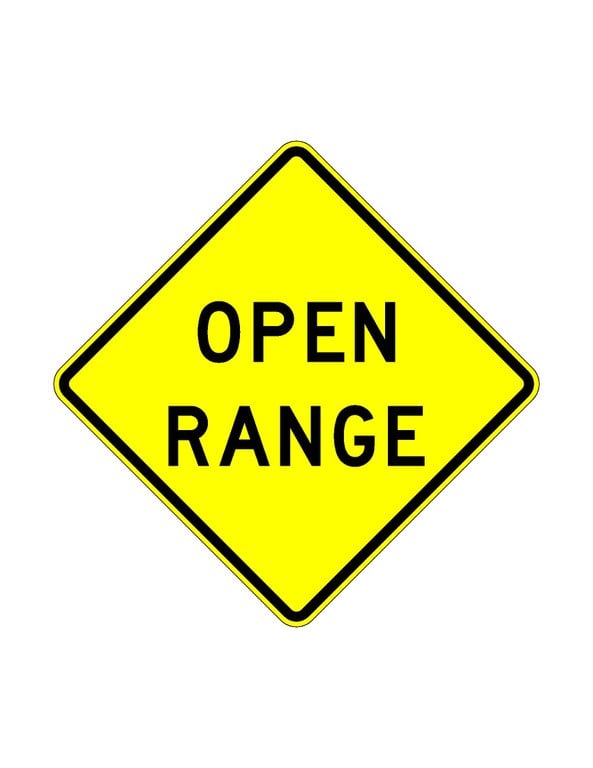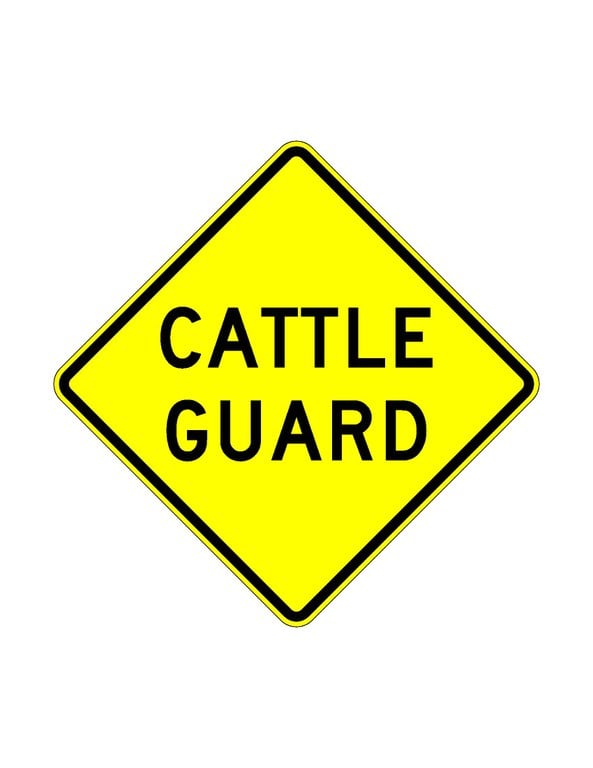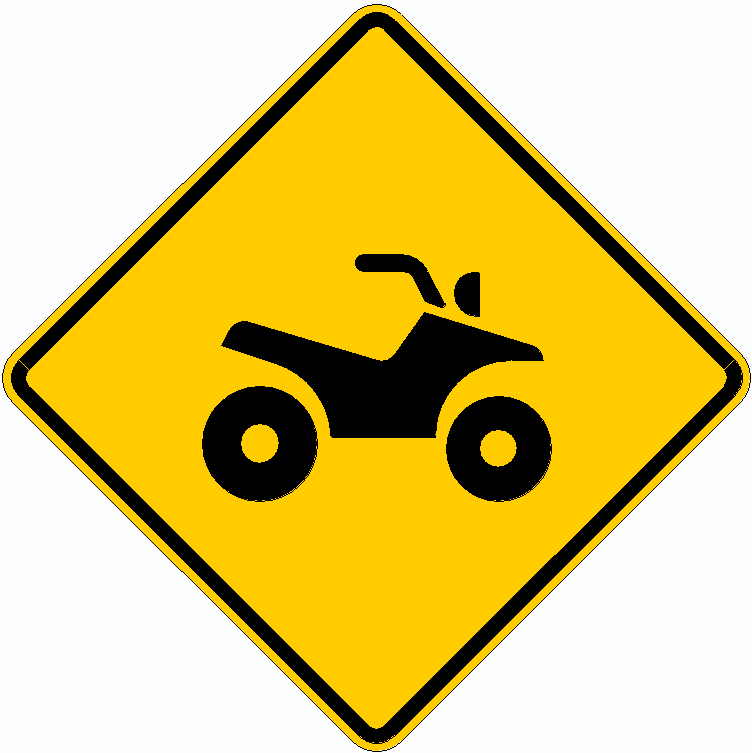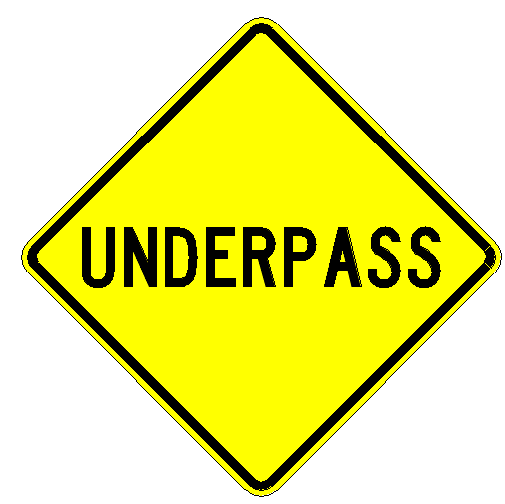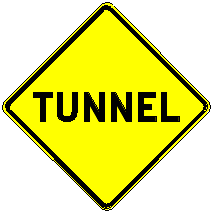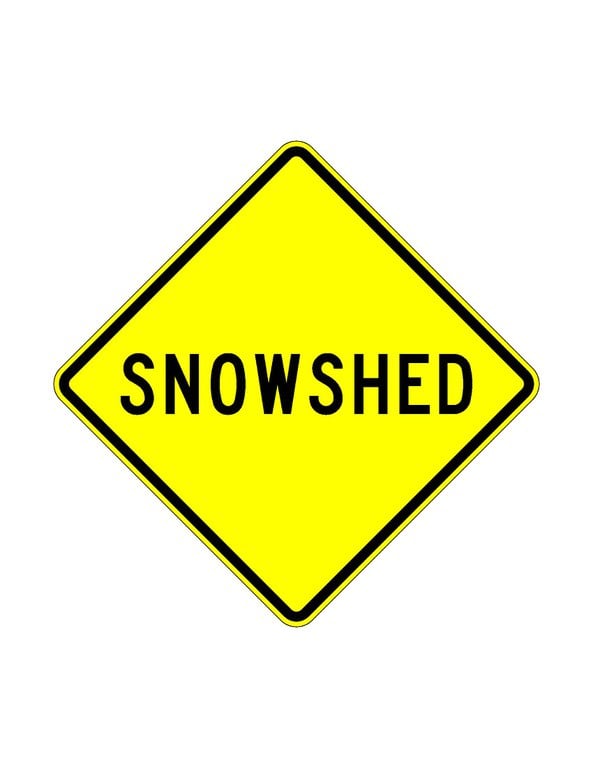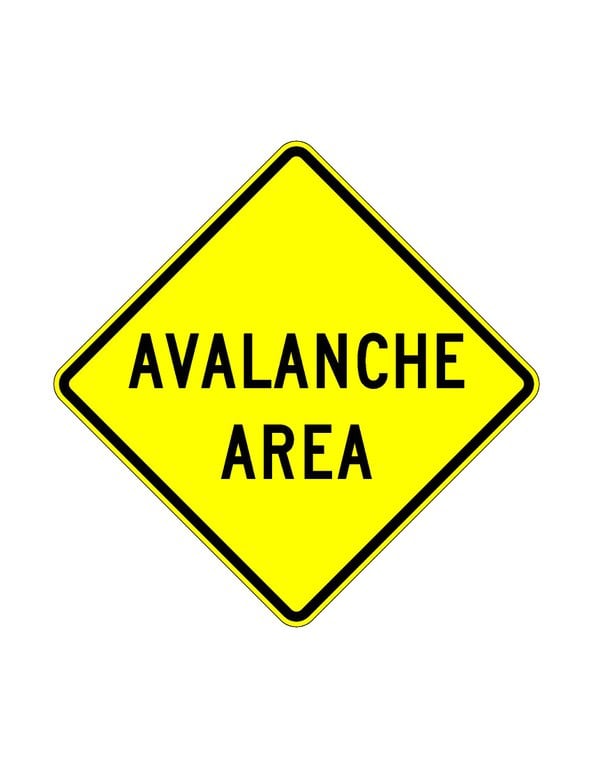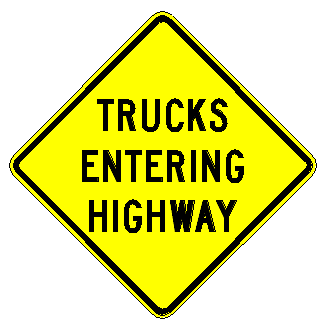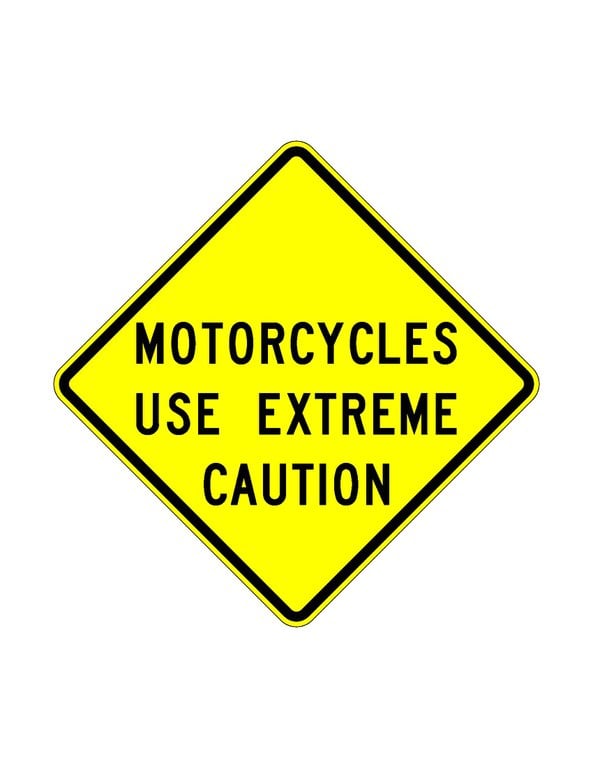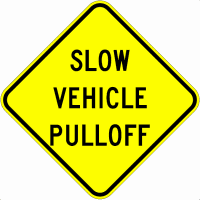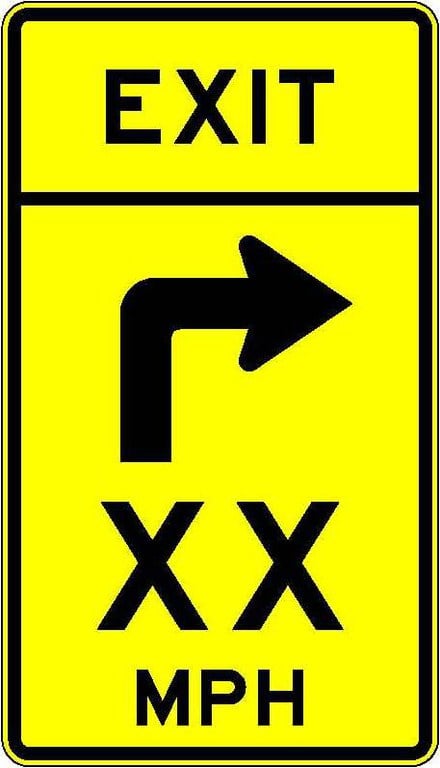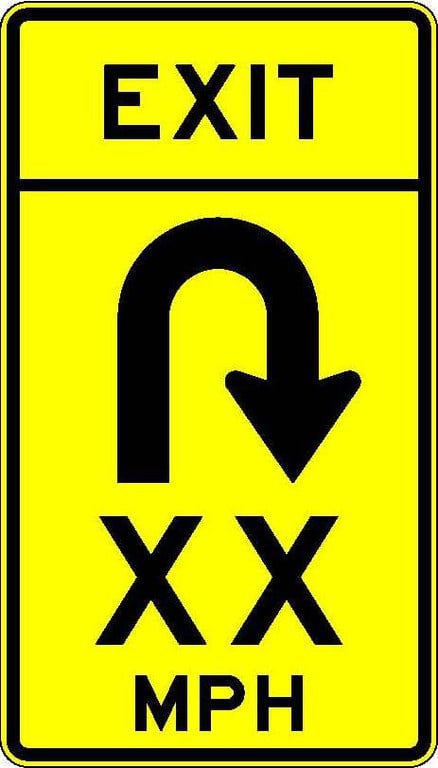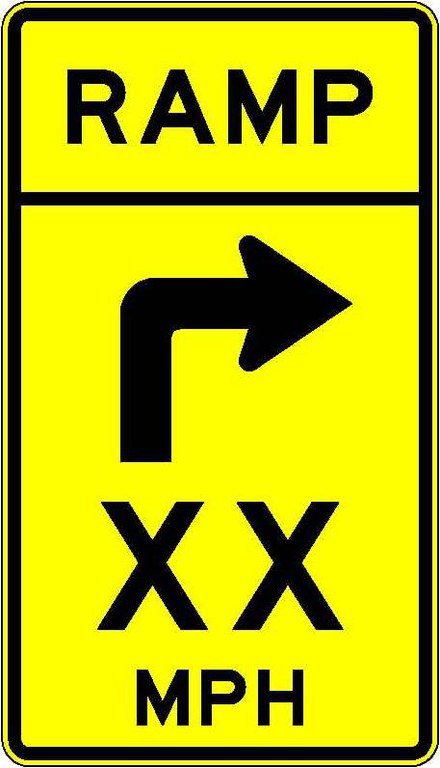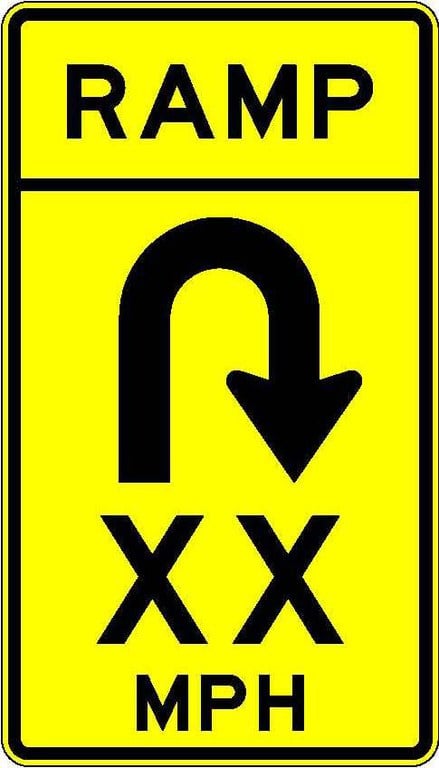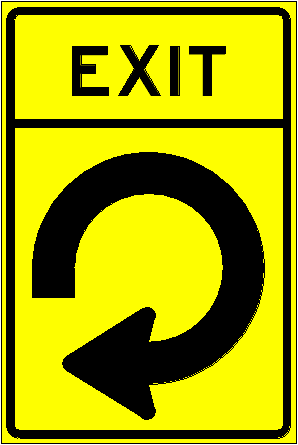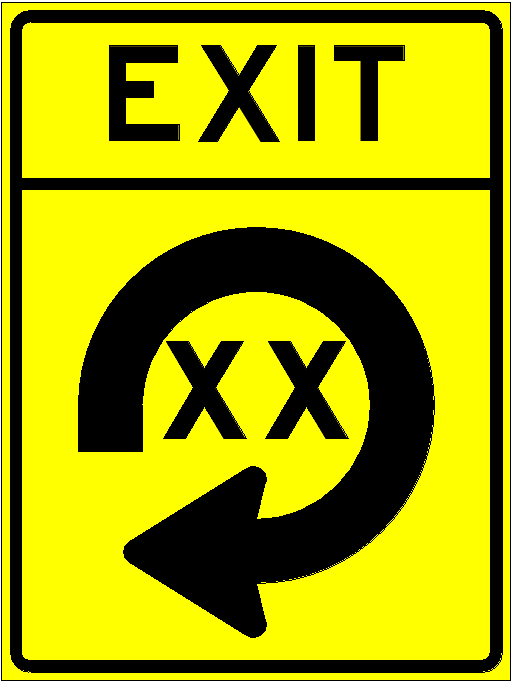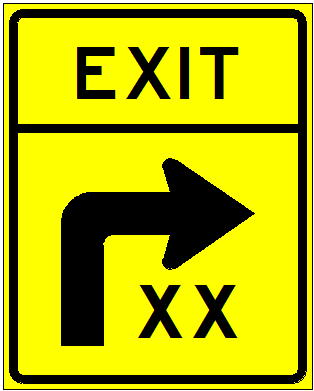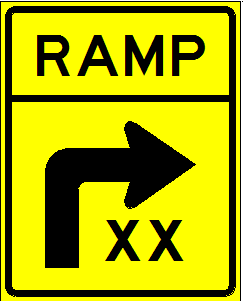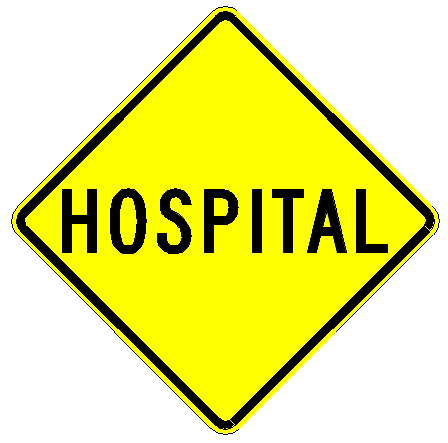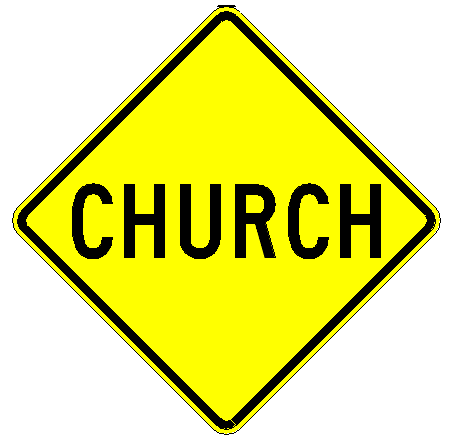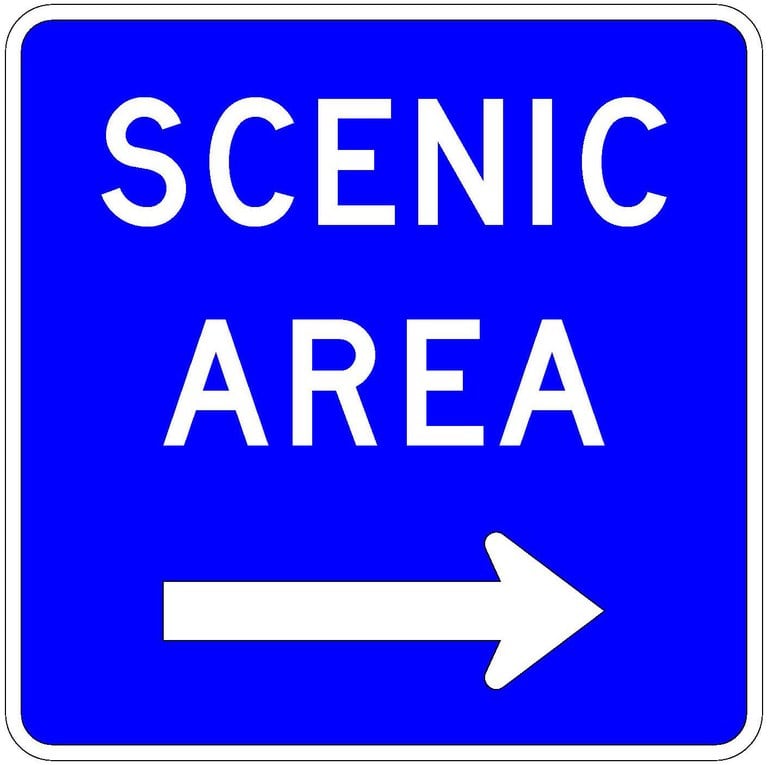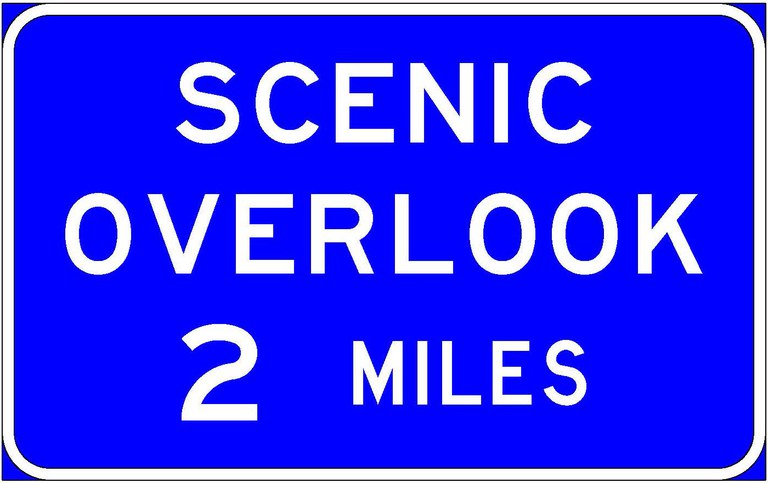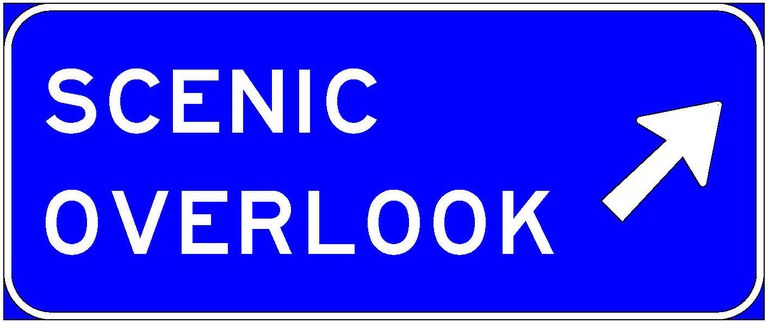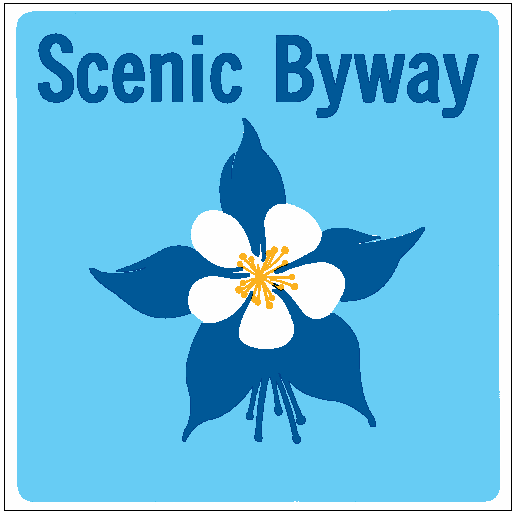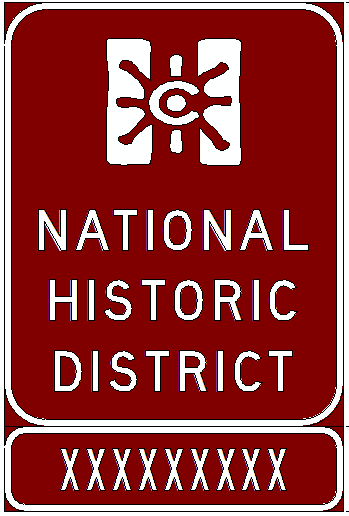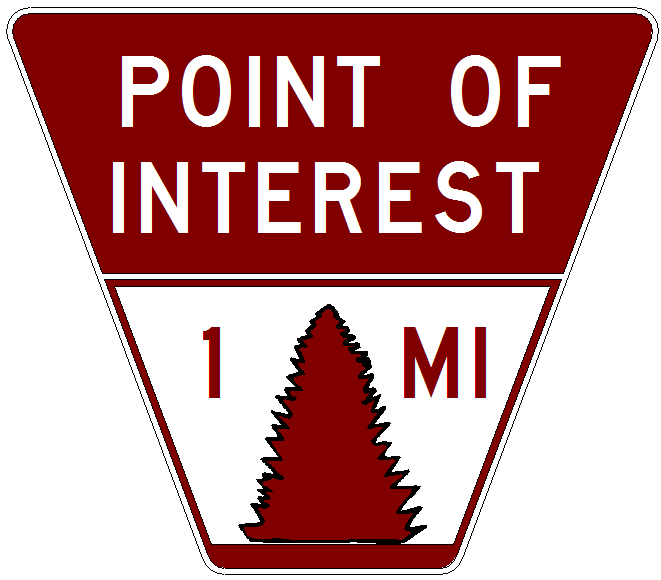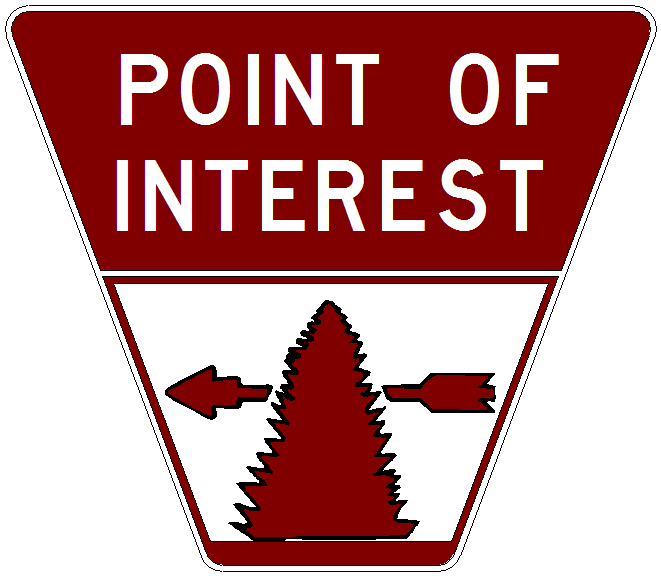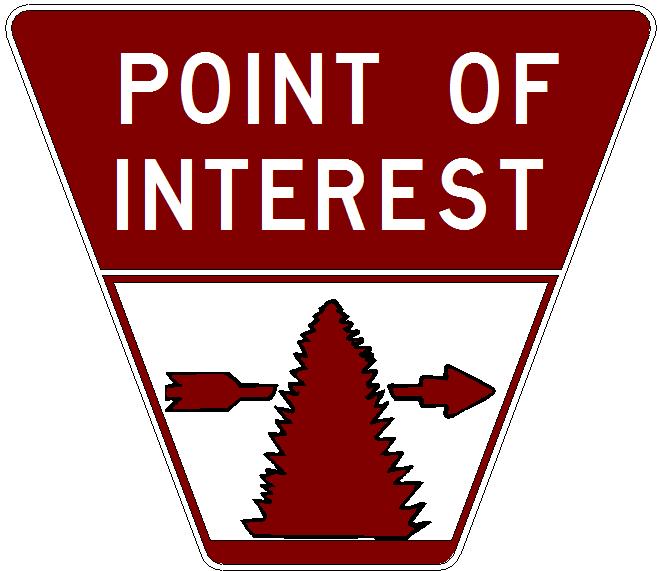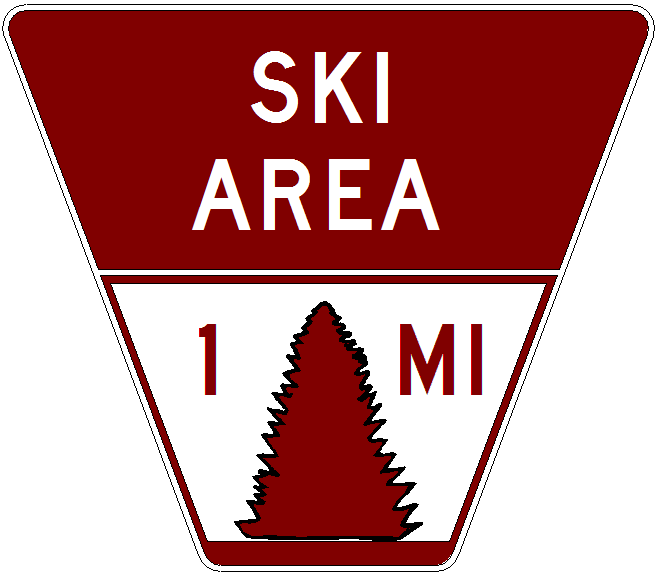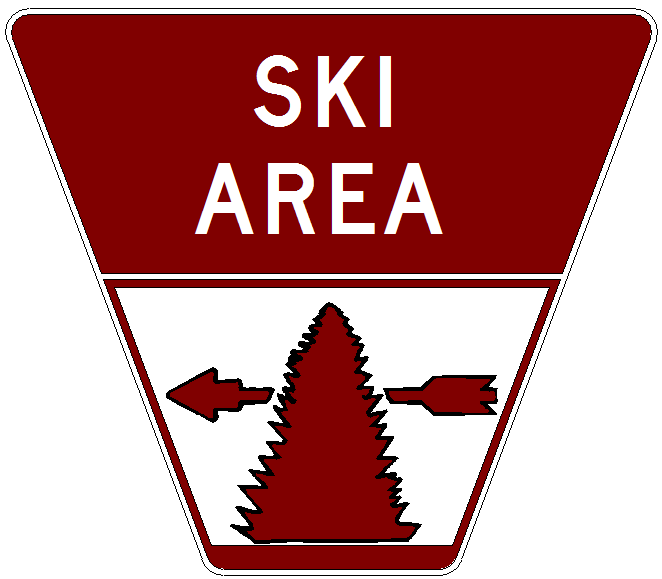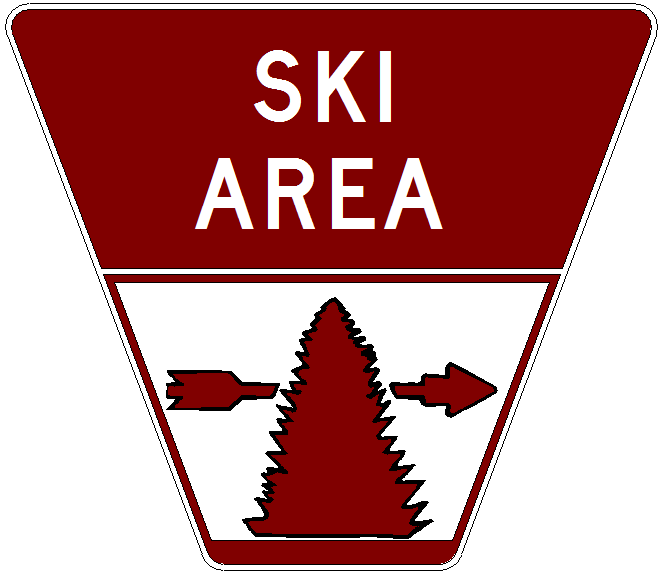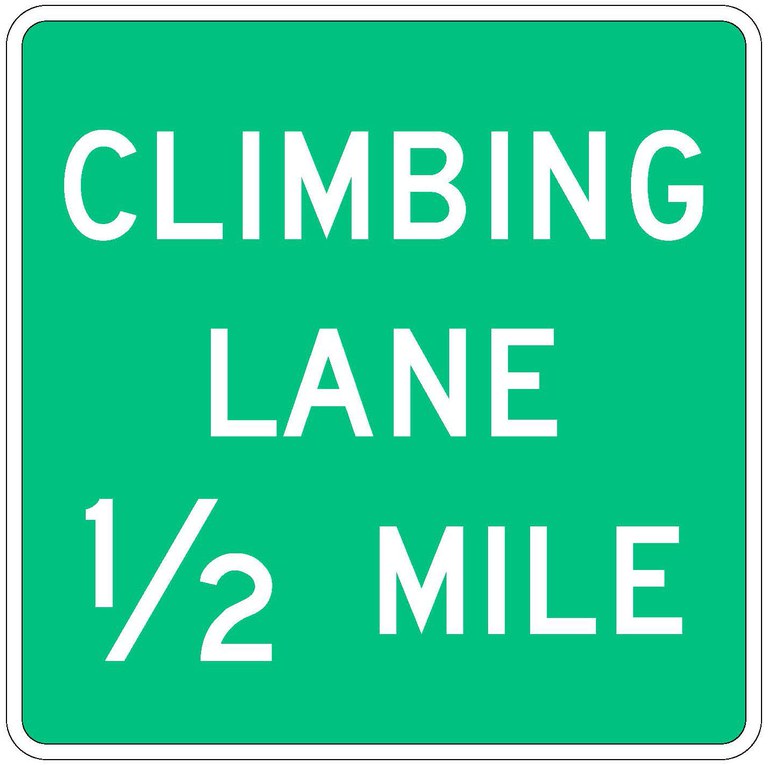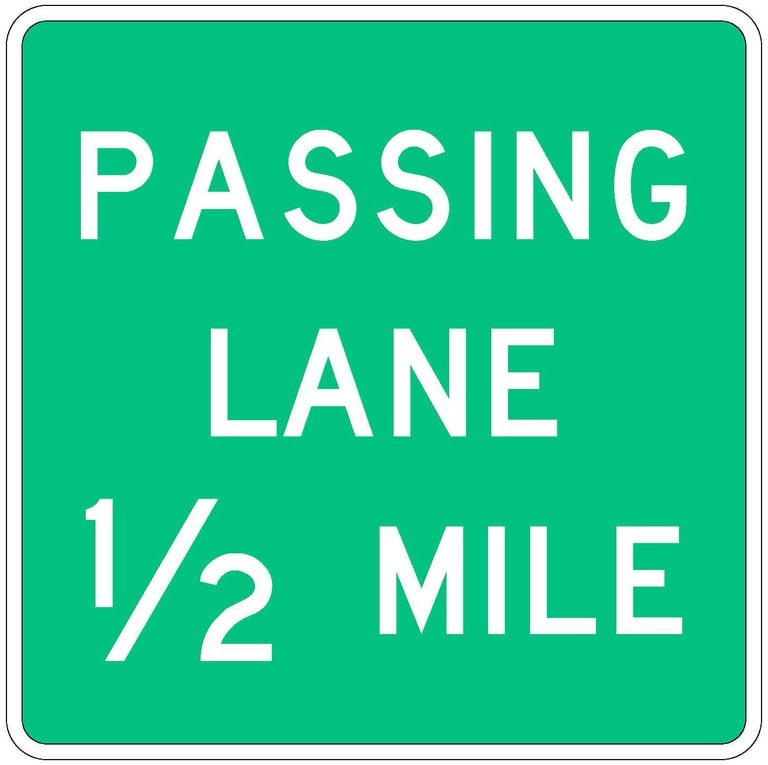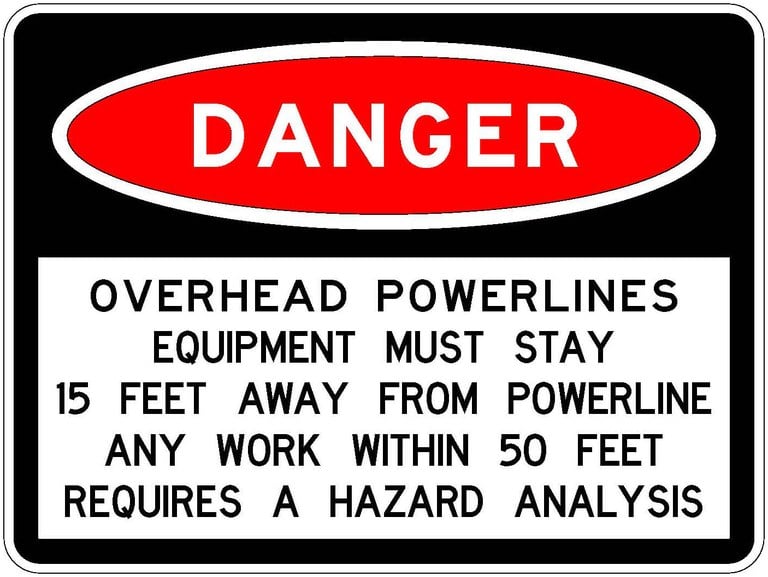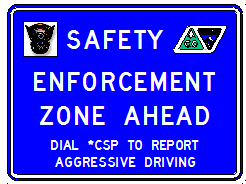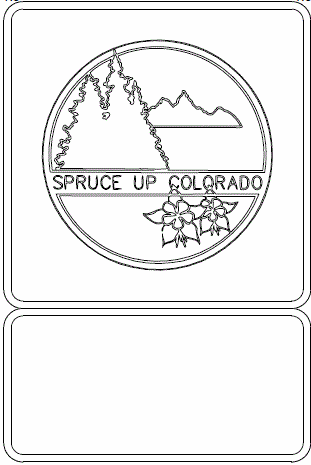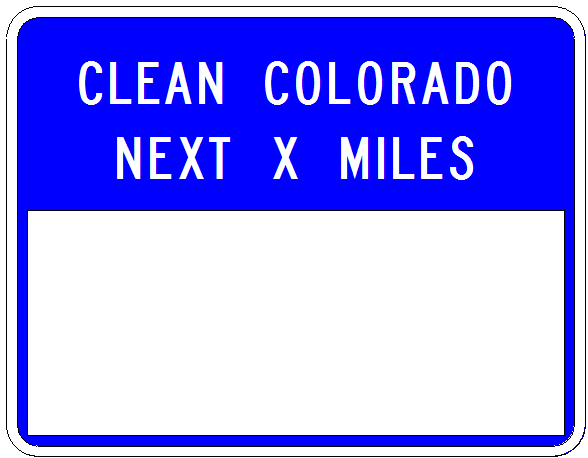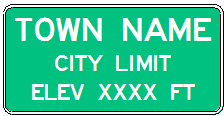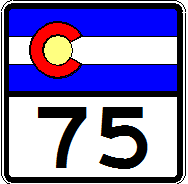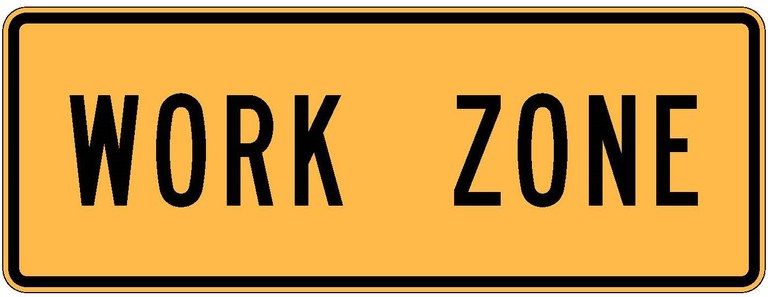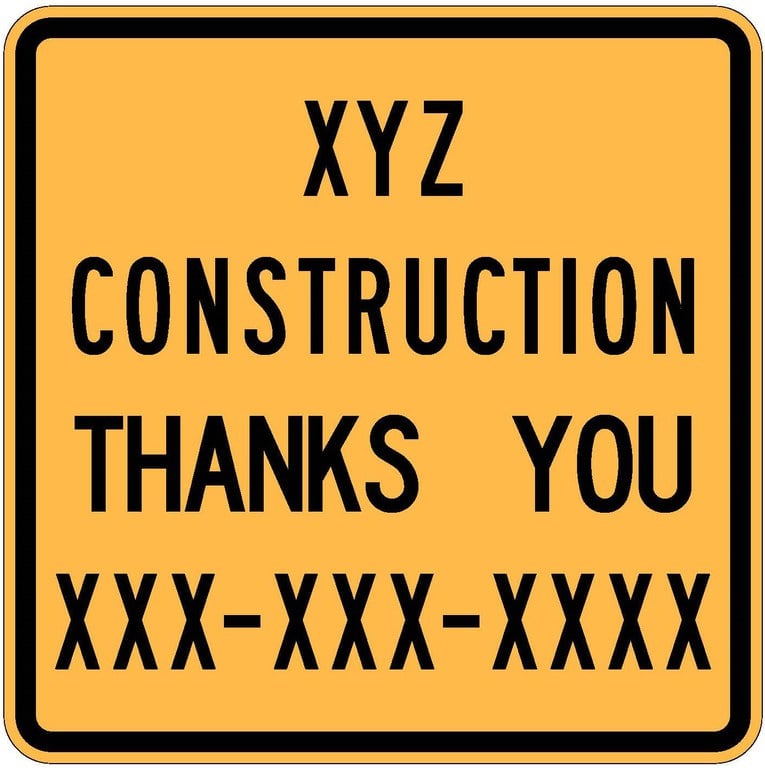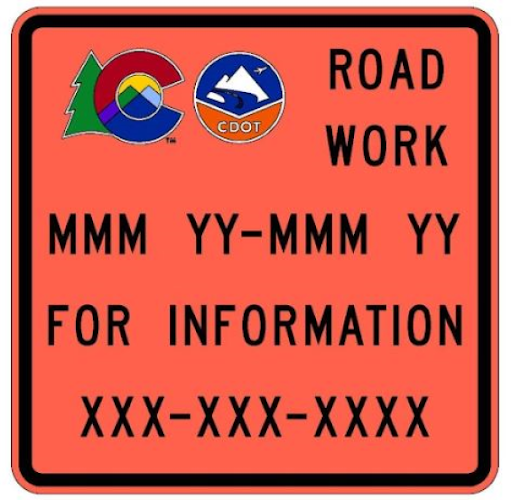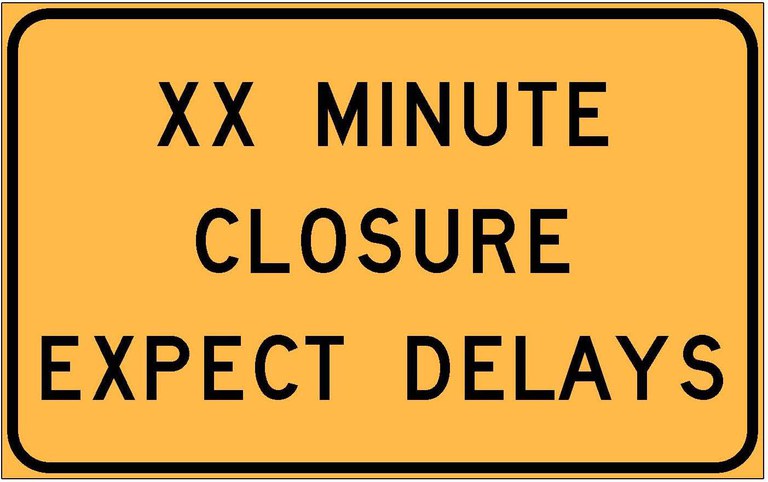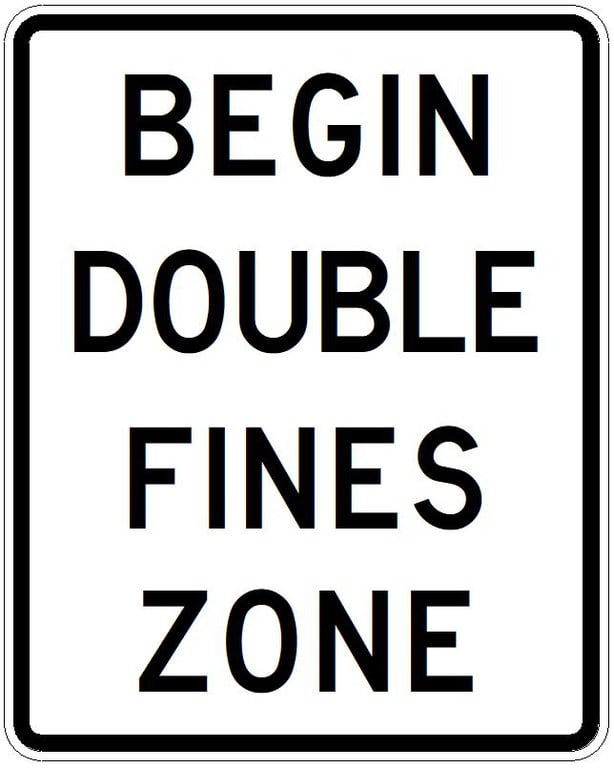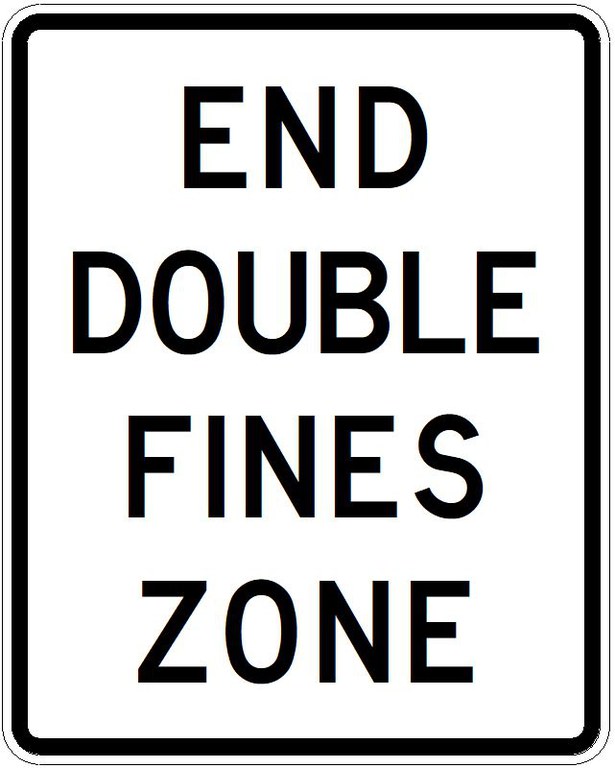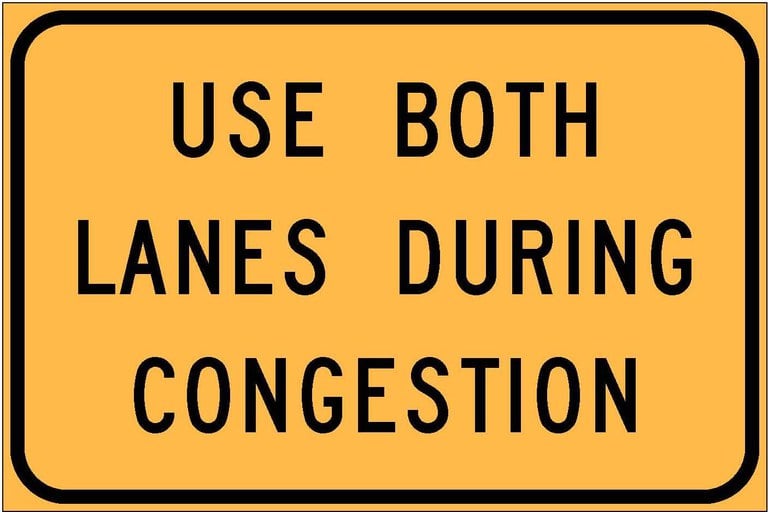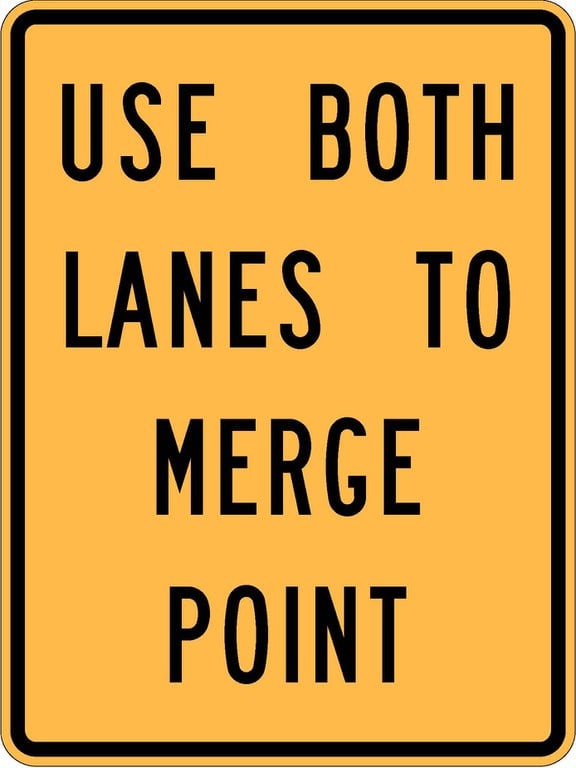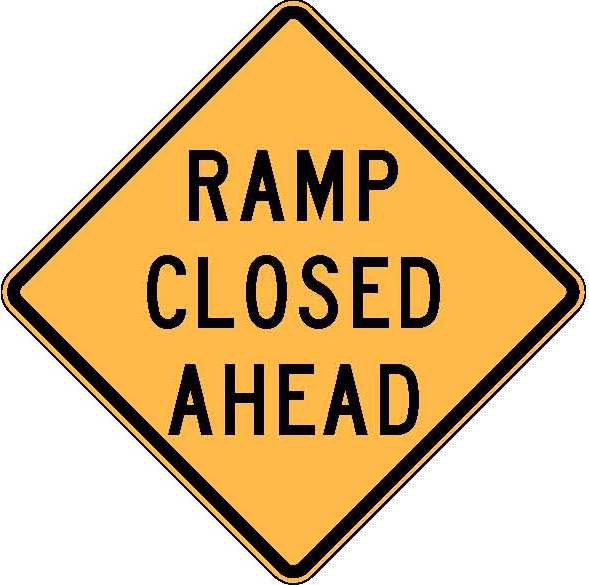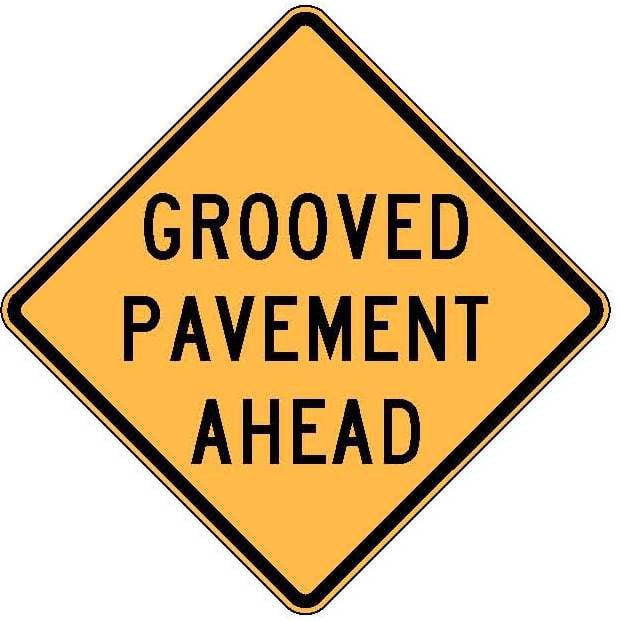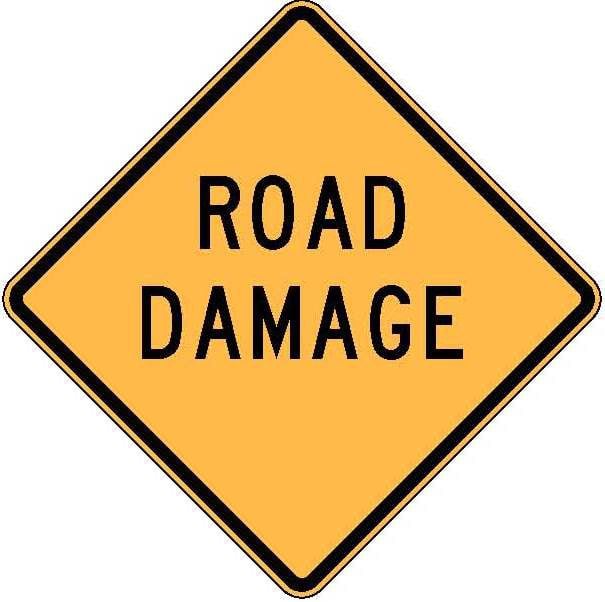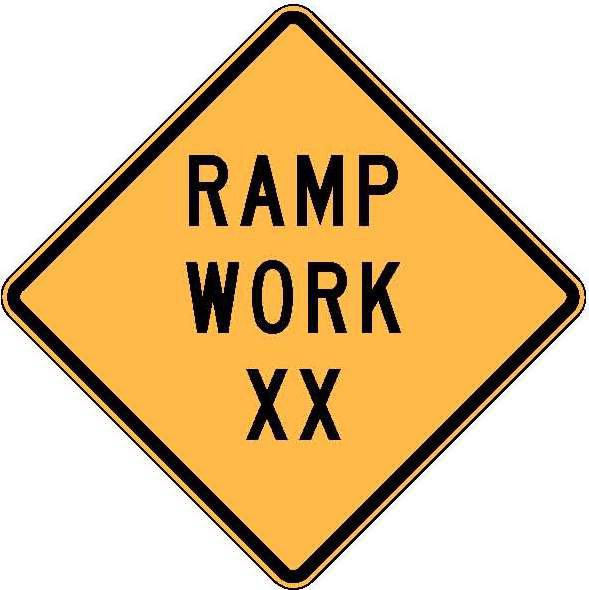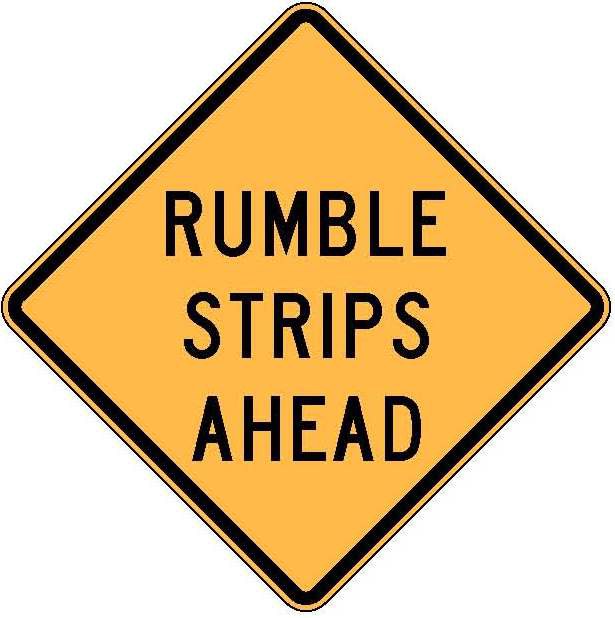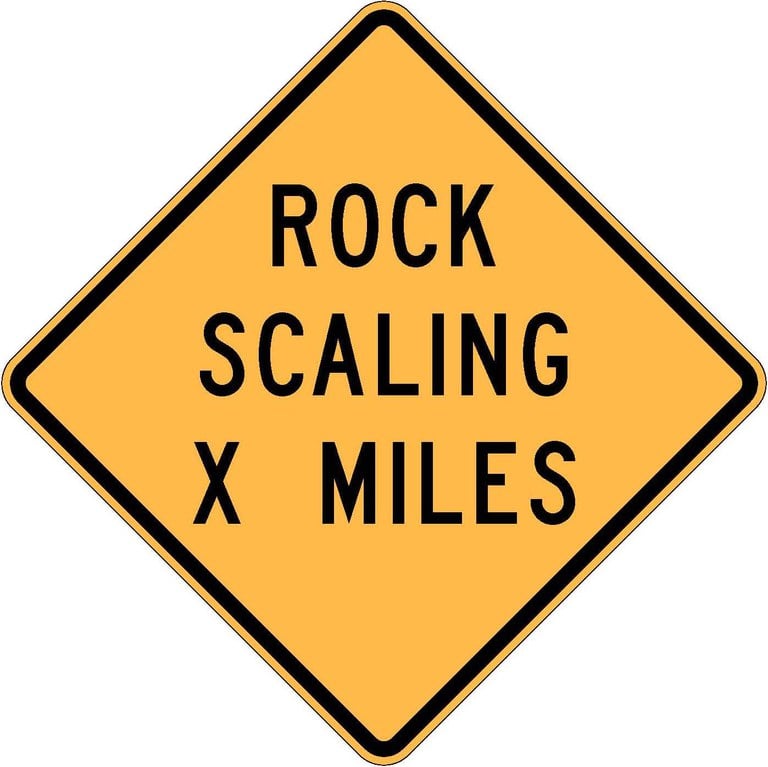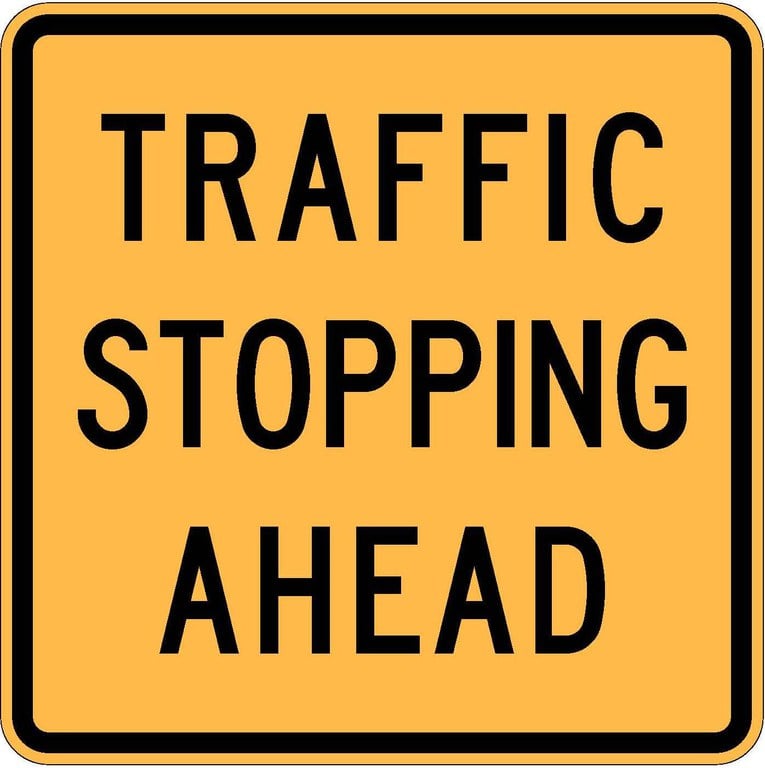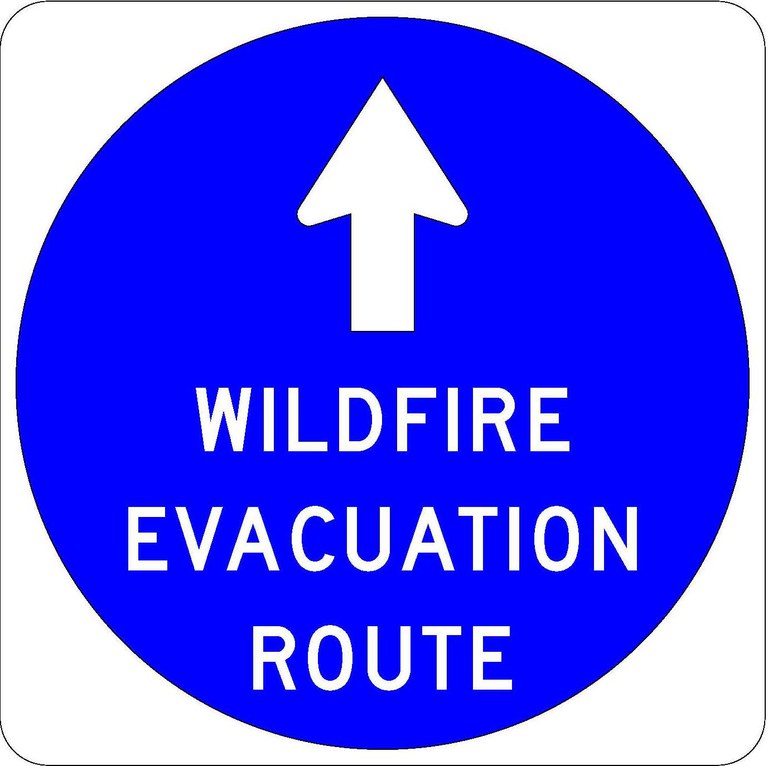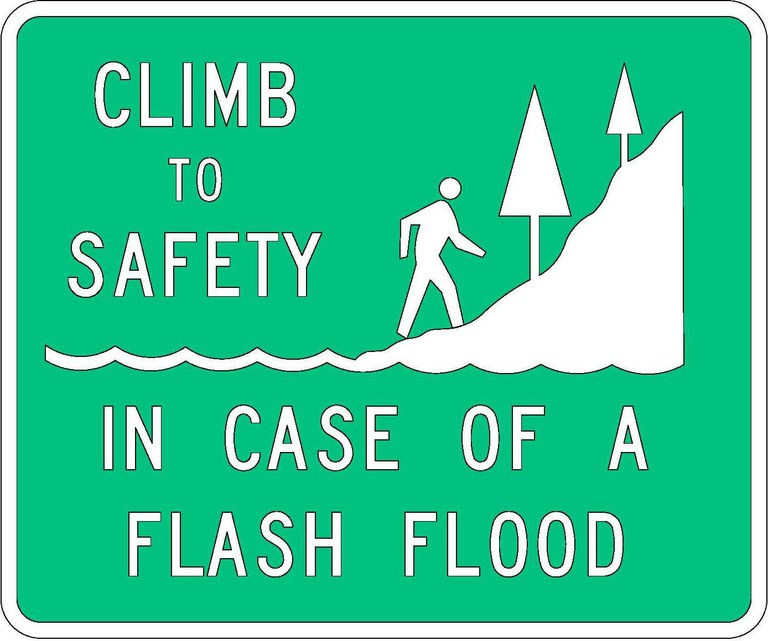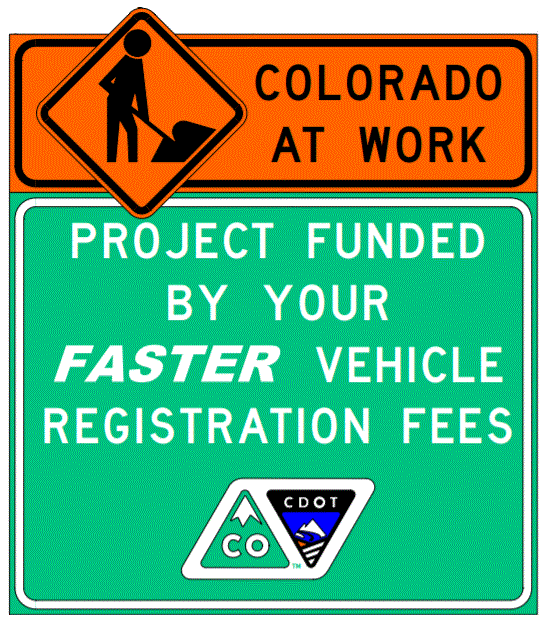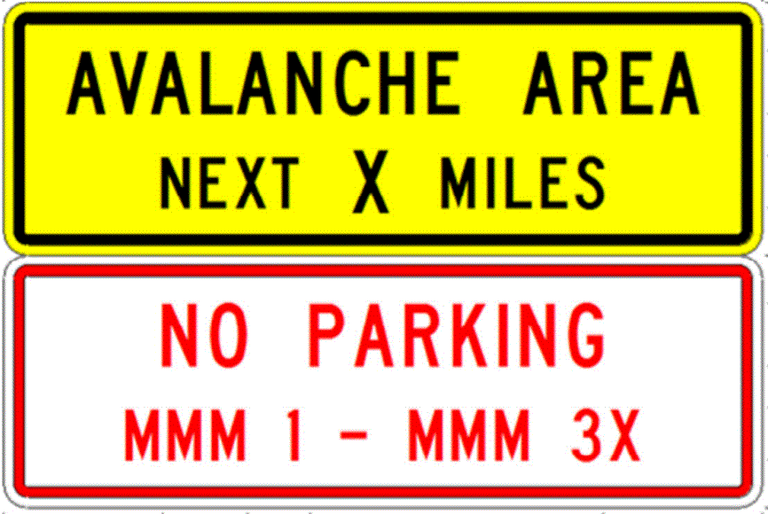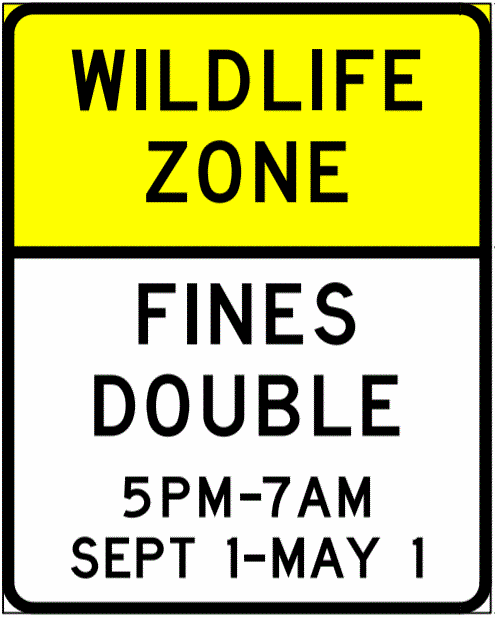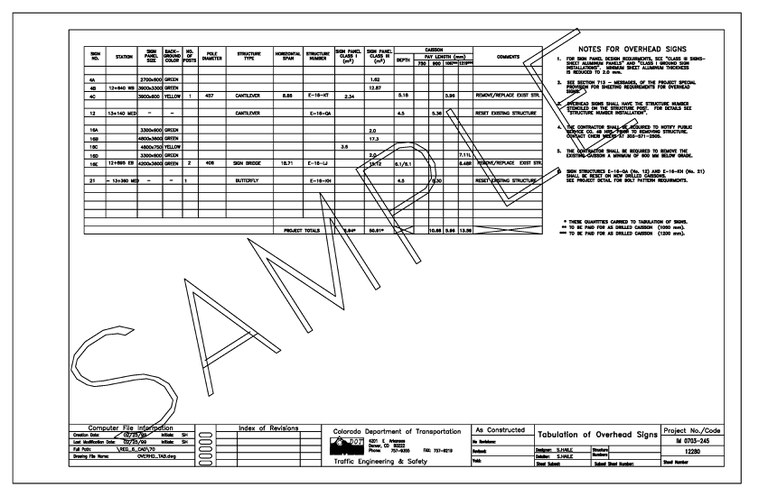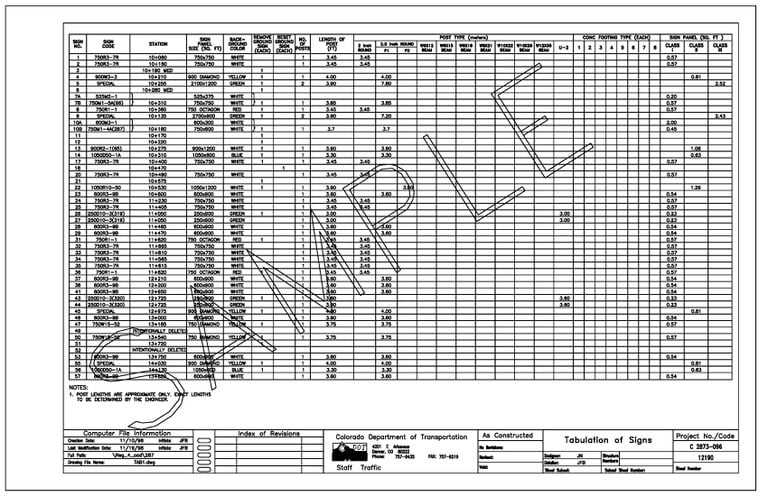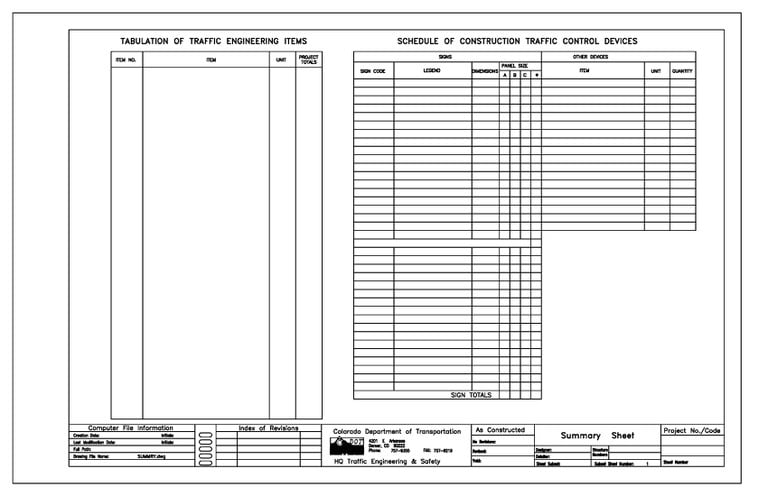Signing & Pavement Markings
Disclaimer
The Colorado Department of Transportation does not have staff to provide technical support to those outside agencies that use the posted CADD files. For this reason, all potential users of these files must read the following disclaimer and accept its terms, as a prerequisite, to use the files.
The Colorado Department of Transportation (CDOT) makes these documents available on an "as is basis". All warranties and representations of any kind with regard to said documents are disclaimed, including the implied warranties of merchantability and fitness for a particular use. Under no circumstances will CDOT, or any of its officers or employees be liable for any consequential, incident, special or exemplary damages even if appraised of the likelihood of such damages occurring. CDOT does not warrant the documents against deficiencies of any kind. The use of any of these documents for work which in under contract with the DOT, does not relieve the contractor from any obligations assumed by the contract, or from complete proper fulfillment of the terms of the contract, nor does it entitle the contractor to compensation for damages or loss which could be attributed to such use.
Manual on Uniform Traffic Control Devices
On December 15, 2011, the Transportation Commission of Colorado adopted the Federal Manual on Uniform Traffic Control Devices 2009, (MUTCD) for use in Colorado. The MUTCD is a national publication that outlines the proper usage of traffic control devices. It contains national standards for the design, application, and placement of signs, signals, pavement markings and other types of traffic control devices. It describes how traffic control devices are to be used in a variety of situations such as local street operations, bicycle and pedestrian crossings, school zones, and work zones. Use of the MUTCD is mandatory on all public highways, roads and streets in Colorado. This is pursuant to section 42-4-104 and 42-4-105 of the Colorado Revised Statutes.

Federal Manual on Uniform Traffic Control Devices, 2009
The 2009 Federal MUTCD, errata, and supporting documents may be downloaded here: https://mutcd.fhwa.dot.gov/pdfs/2009/pdf_index.htm.
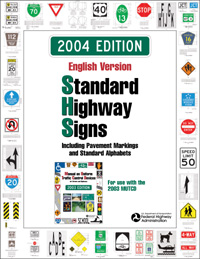
FHWA Standard Highway Signs, 2004 Edition (2012 Supplement)
2012 Supplement | Table of Contents | Design Guide
Regulatory Signs | Warning Signs | Guide Signs | Emergency Management & Civil Defense | School Signs | Appendix | Blank Standards | Design Guidelines | Pavement Markings | Standard Alphabet Series2000 for Sign Usage | Object Markers
Colorado's Supplement to the MUTCD Standard Highway Signs
The Colorado Supplement has been establish to adjust and interpret where necessary for proper and lawful application of the MUTCD in Colorado in compliance with state statutes, and to address traffic regulatory situations not provided for in the MUTCD.
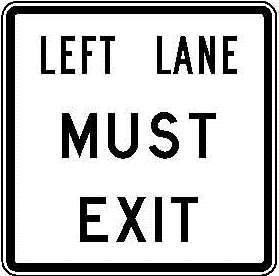
R3-7aL
Right Lane Must Exit
The R3-7aR sign is to be placed on highways with exit ramps in supplement to 'Advance Guide Signs'.
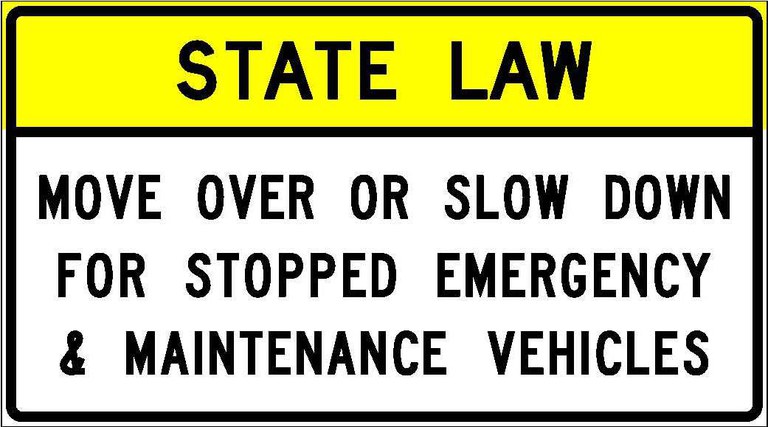
R52-6a
State Law - Move Over or Slow Down for Stopped Emergency & Maintenance Vehicles
This sign is obsolete. Use R52-6c State Law - Move Over or Slow Down for Stopped Vehicles.
Guide Sign Templates
There are general guidelines to follow in the design of highway signs in order to conform to basic standards. Many of these guidelines are mentioned in various sections of the Manual on Uniform Traffic Control Devices (MUTCD) and the Standard Highway Signs and Markings (SHS), while others are derived from accepted practice in sign design [download] and layout. The CDOT Sign Design Manual summarizes the guidelines that CDOT uses to assure conformity and constructability when designing non-standard signs. We have developed the following guide sign examples that may be used as templates.
Advance exit templates are coming soon!
Approach road templates are coming soon!
Exit direction templates are coming soon!
Overhead templates are coming soon!
Sequence templates are coming soon!
Structure number install templates are coming soon!
Supplemental templates are coming soon!
Pavement Markings
CDOT Pavement Marking Practices Guide, 2020
[download]
Numerous studies and project evaluations have repeatedly demonstrated the cost effectiveness of pavement markings as a means of enhancing both traffic safety and mobility. Pavement markings separate travel lanes and help delineate travel paths and the edge of the roadway. They may stand alone to indicate certain traffic rules and regulations or may be used to supplement regulations or warnings given by other traffic control devices. For a myriad of reasons, the value of viable, visible pavement markings cannot be overstated.
In recognition of the value of pavement markings, the Colorado Department of Transportation (CDOT) provides center line, edge line, auxiliary lane, crosswalk and other pavement markings on all roads under its jurisdiction. All such markings are designed and installed in accordance with the guidelines and standards contained in the latest versions of: the federal Manual on Uniform Traffic Control Devices (MUTCD), the Colorado Supplement to the MUTCD, Section 627, 708 and 713 of the 2019 CDOT Standard Specifications for Road and Bridge Construction and CDOT Standard Plan S627-1.

